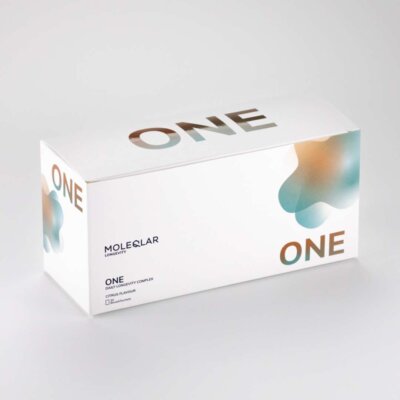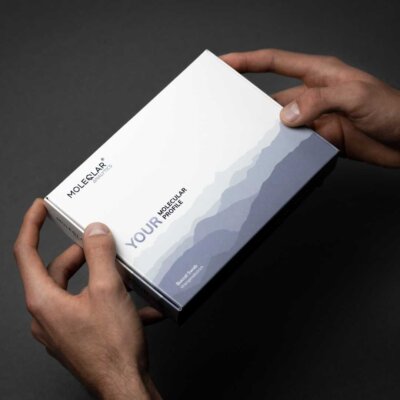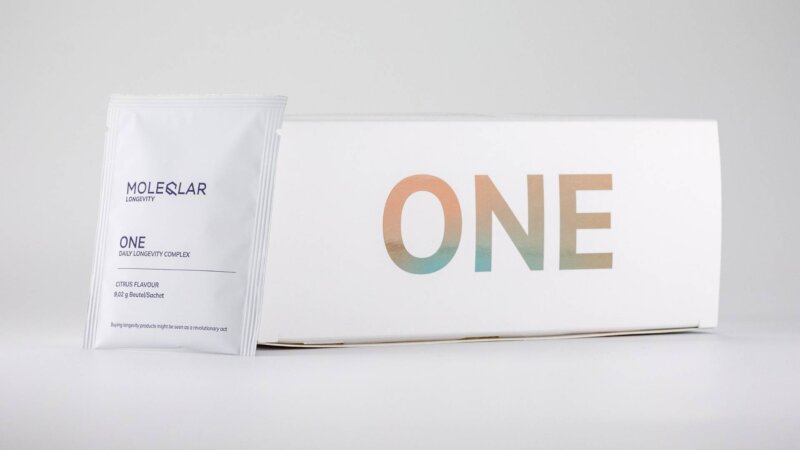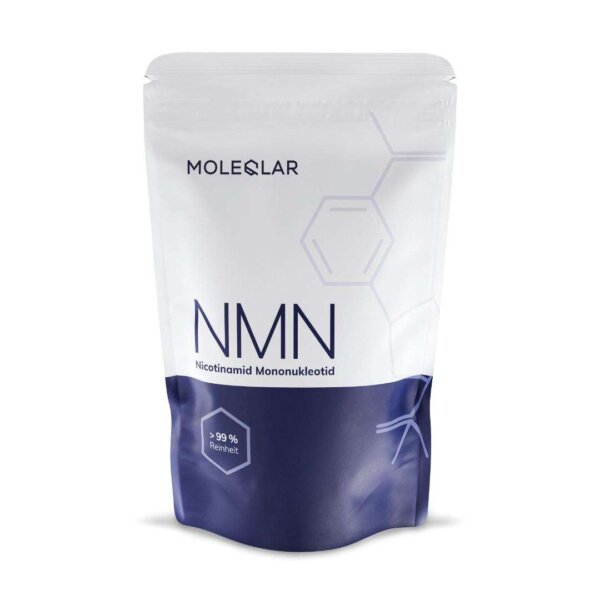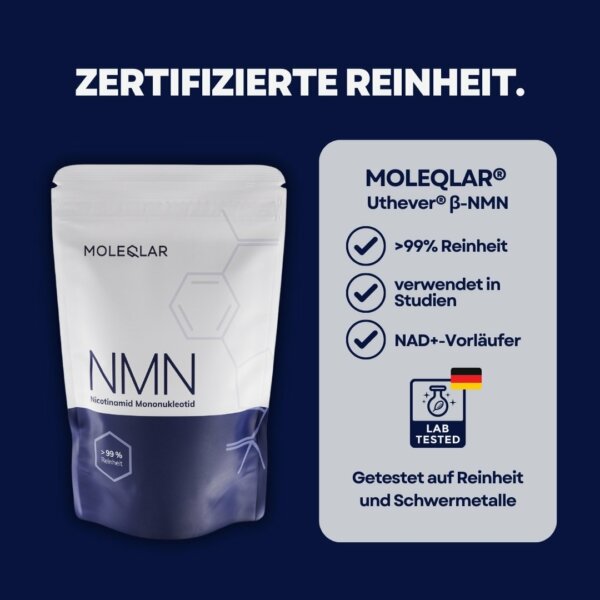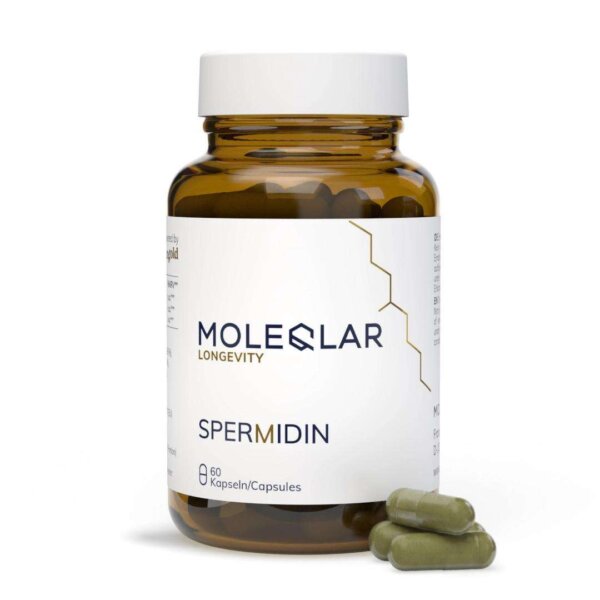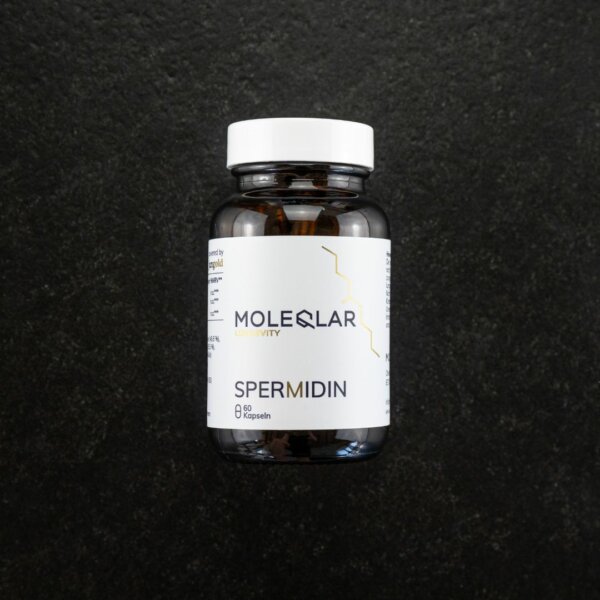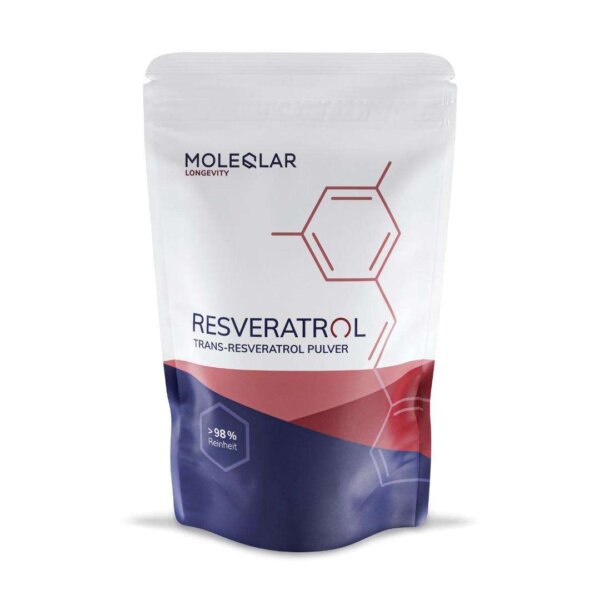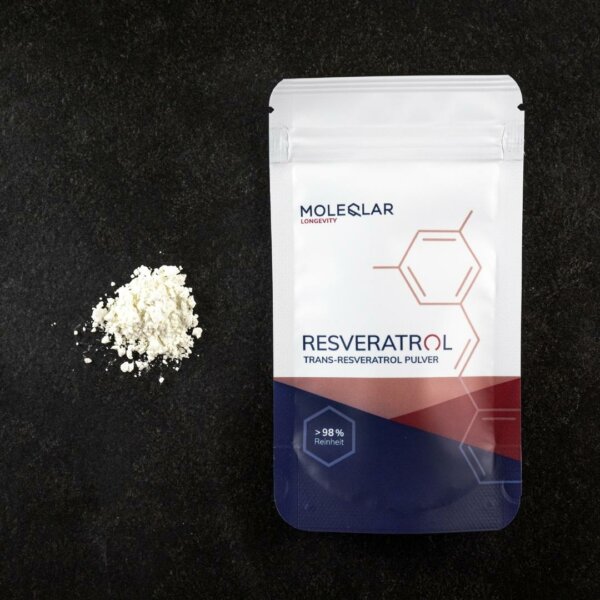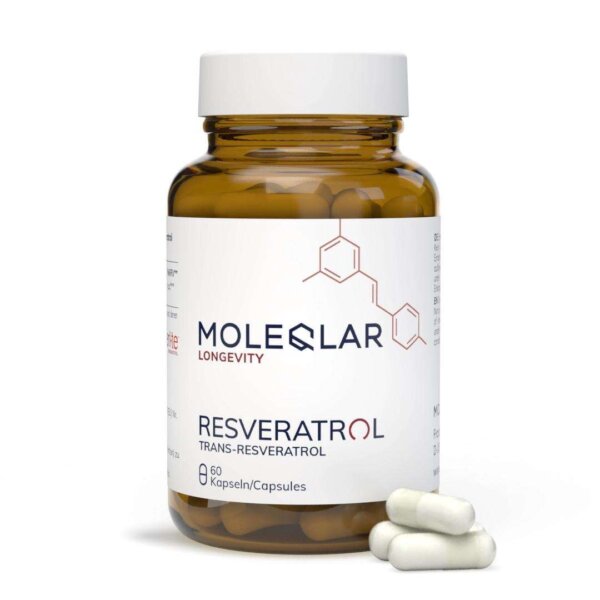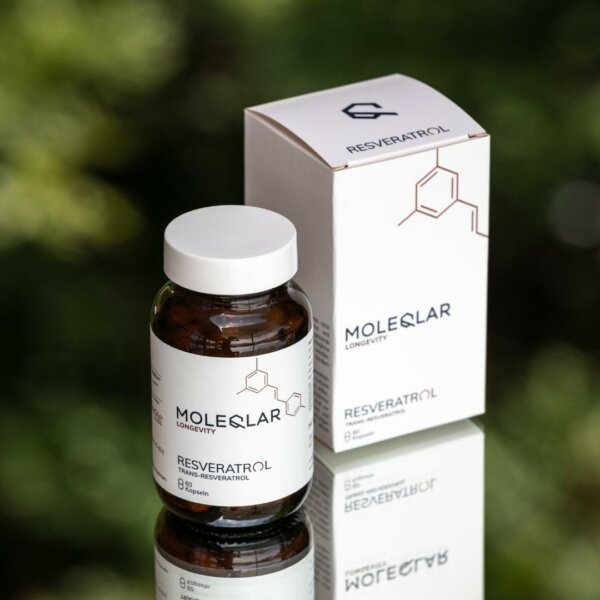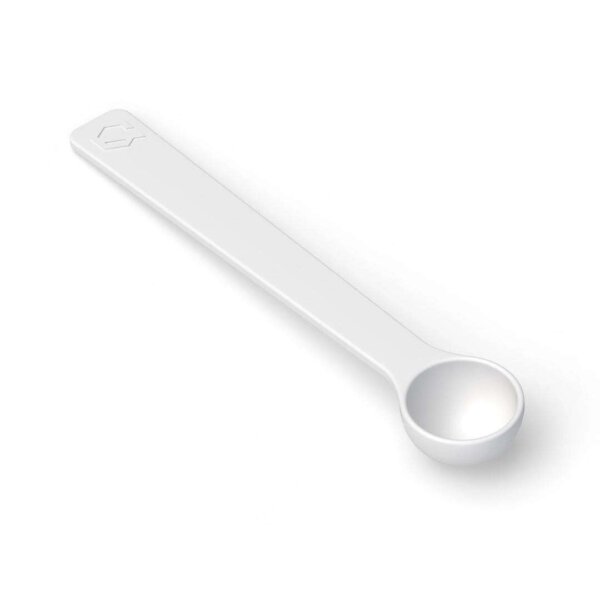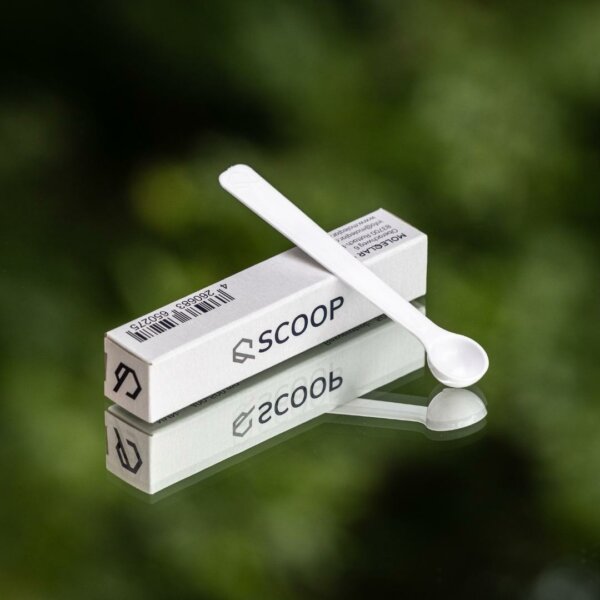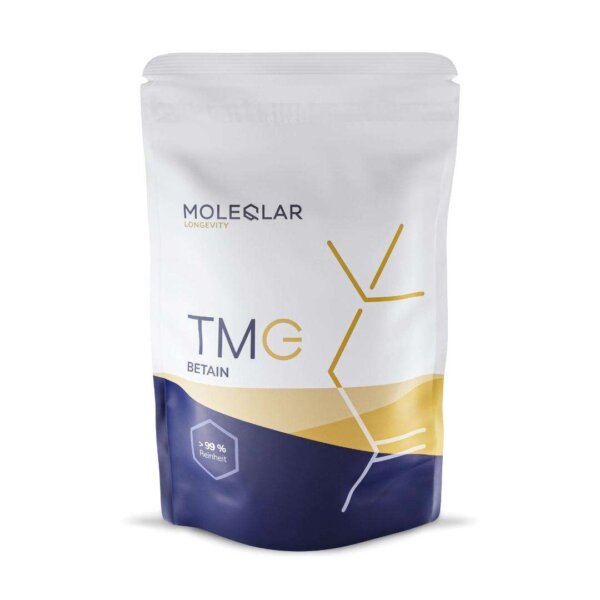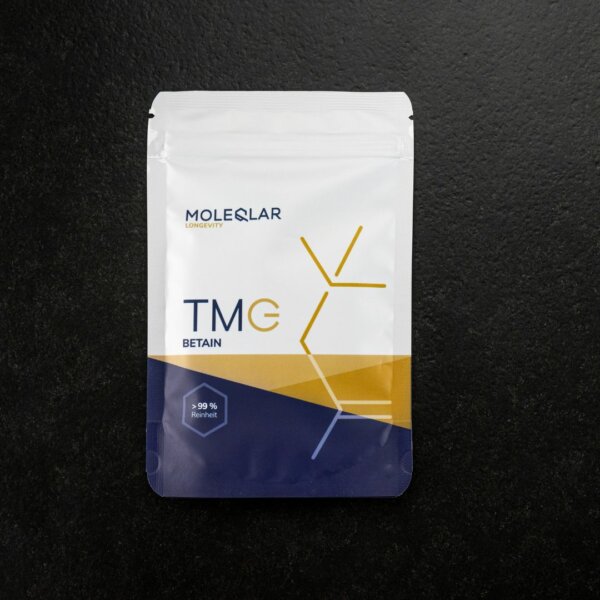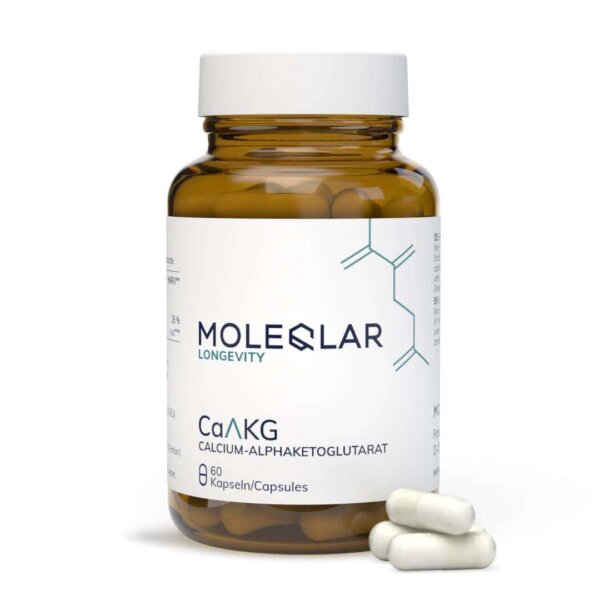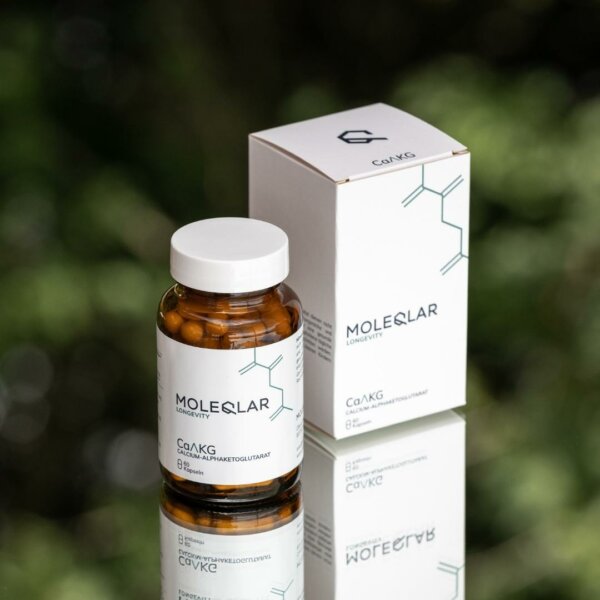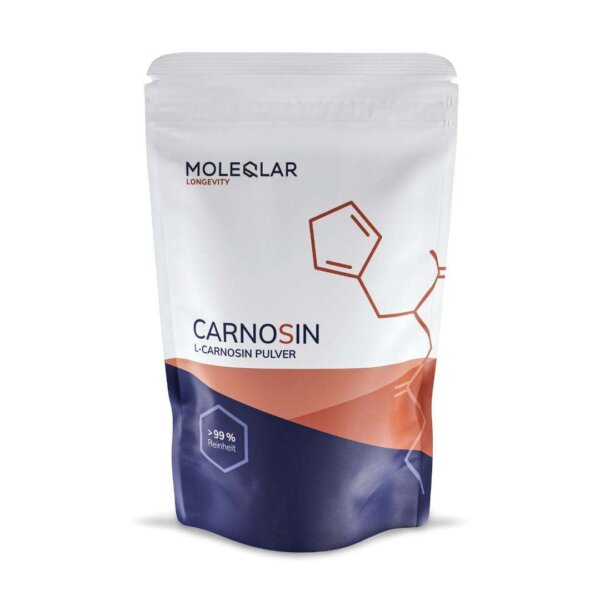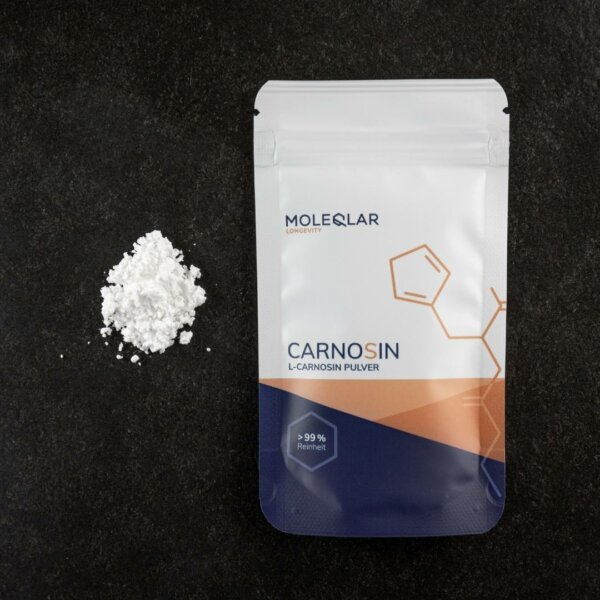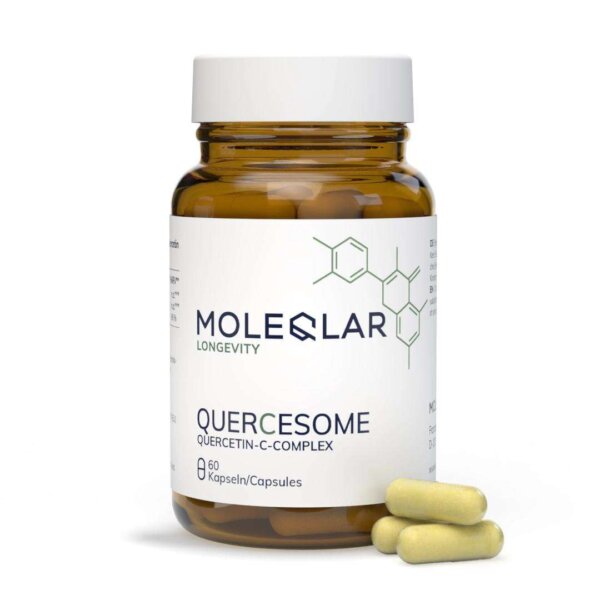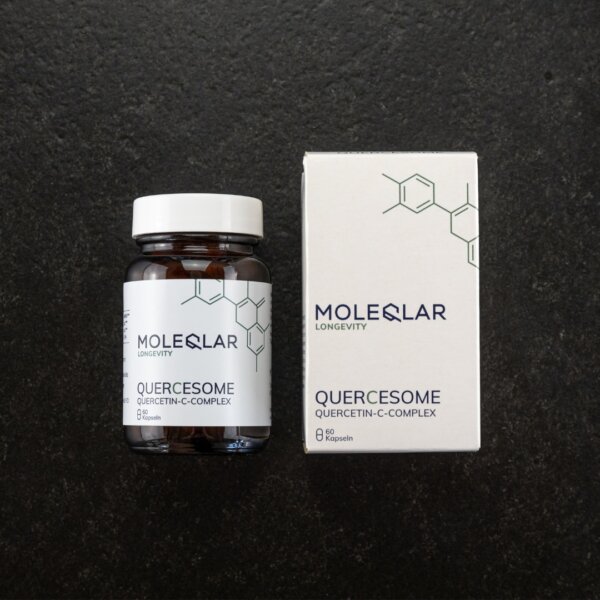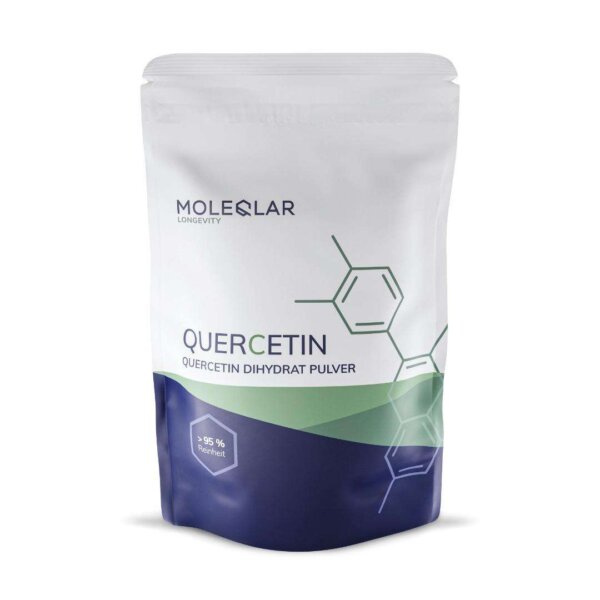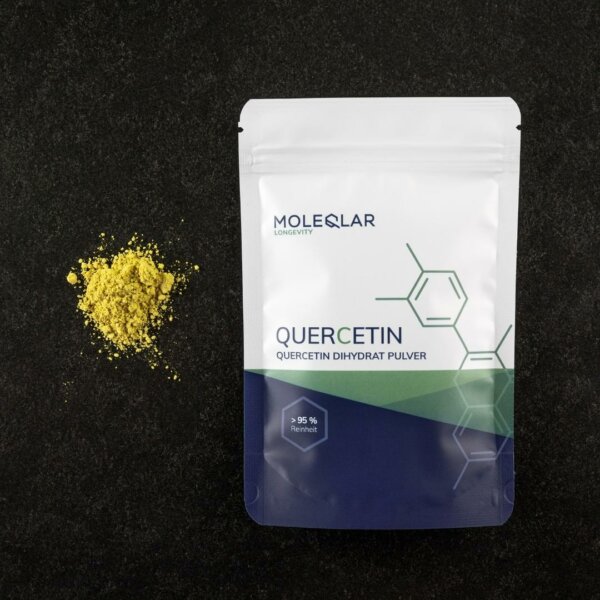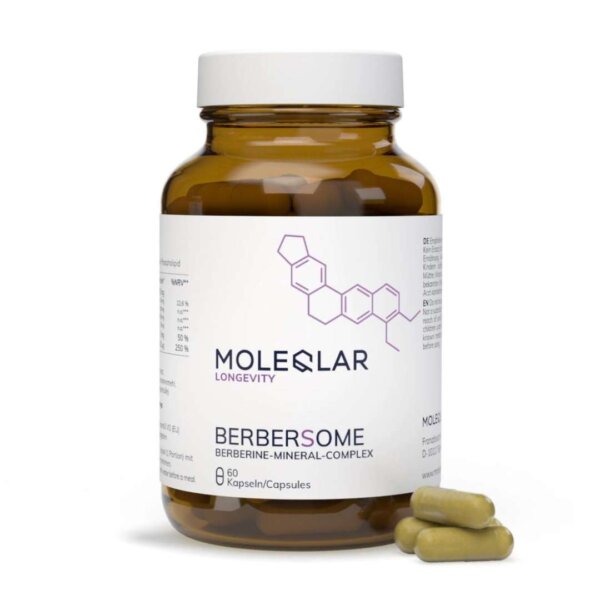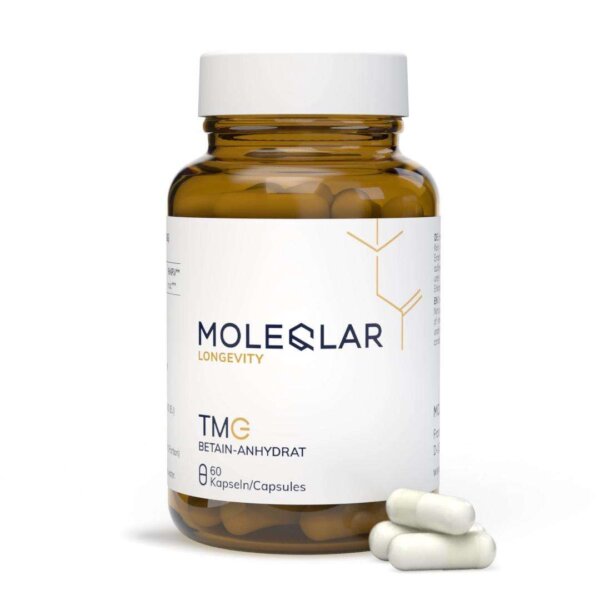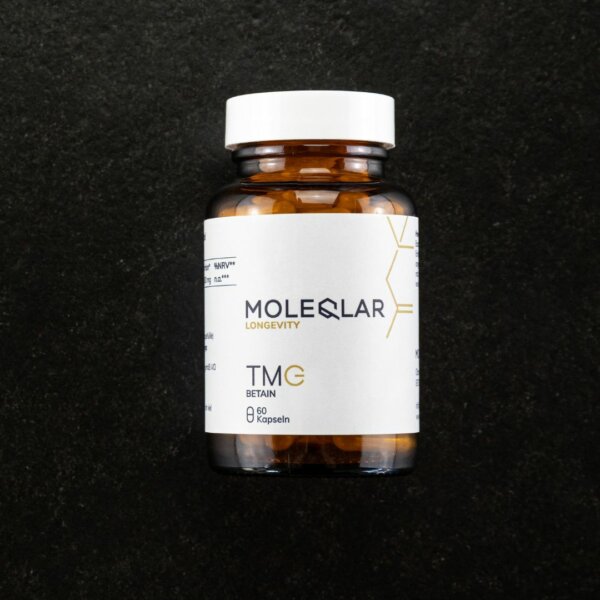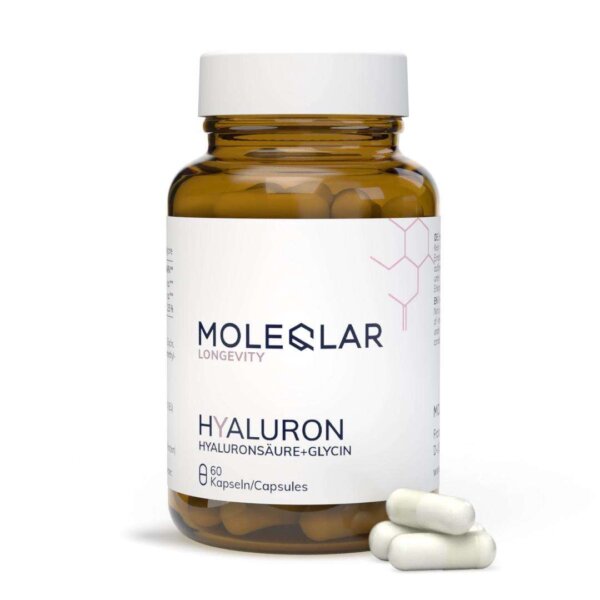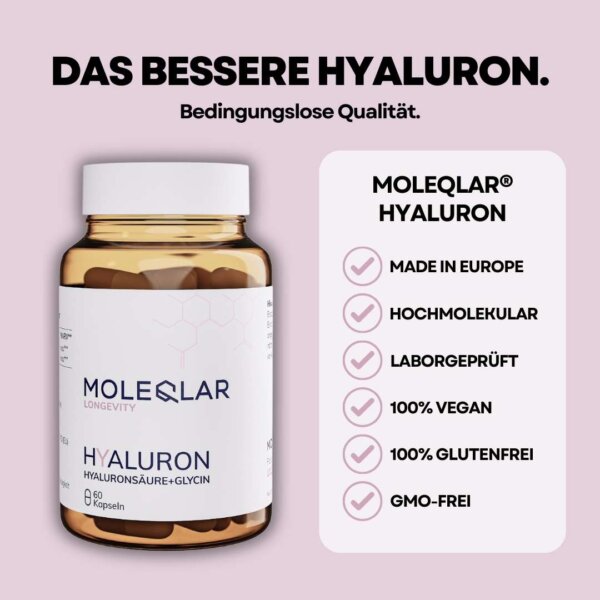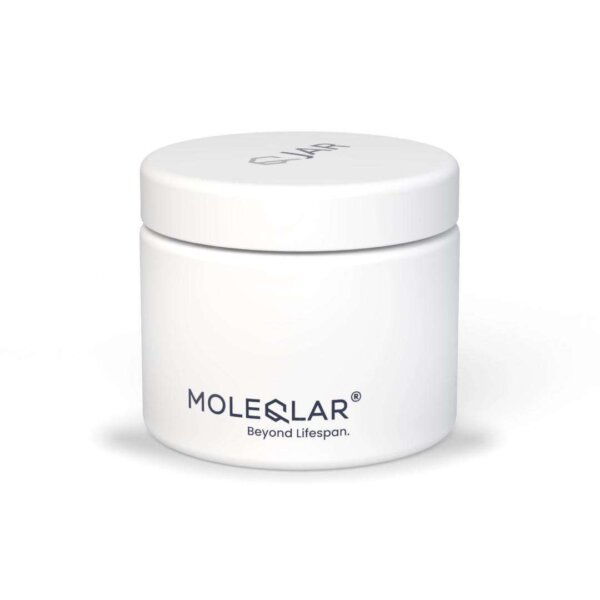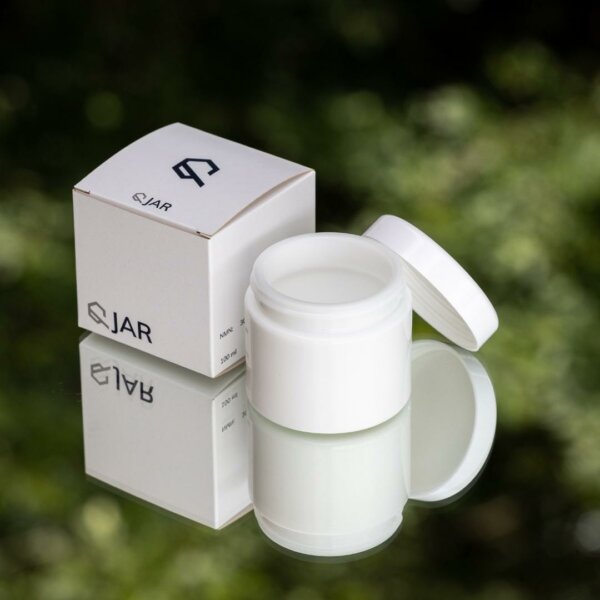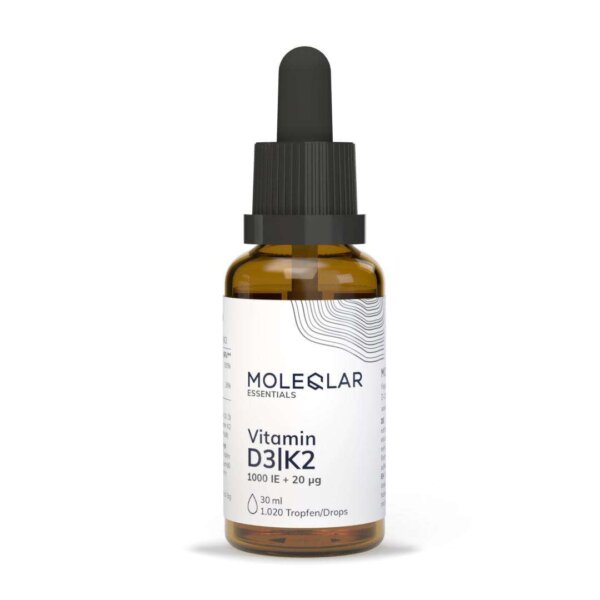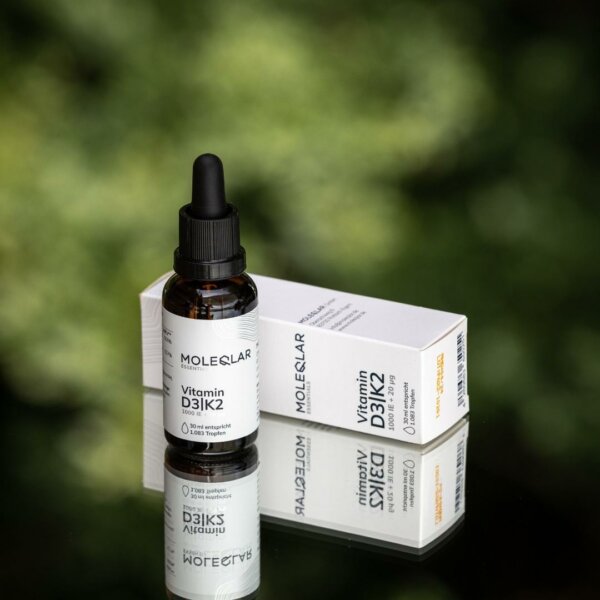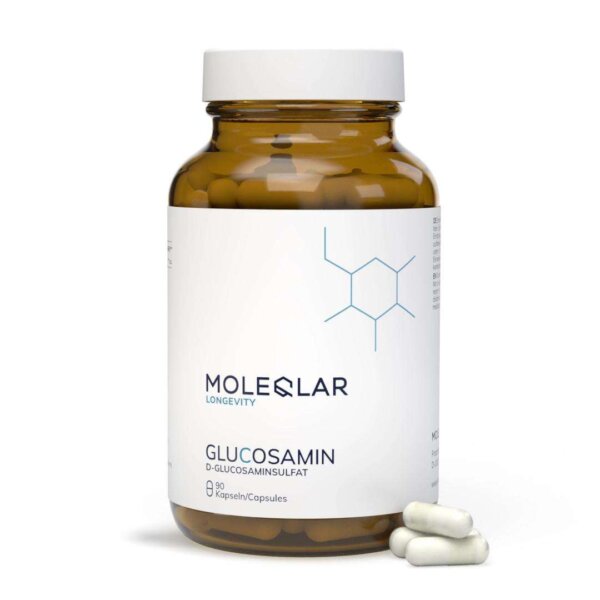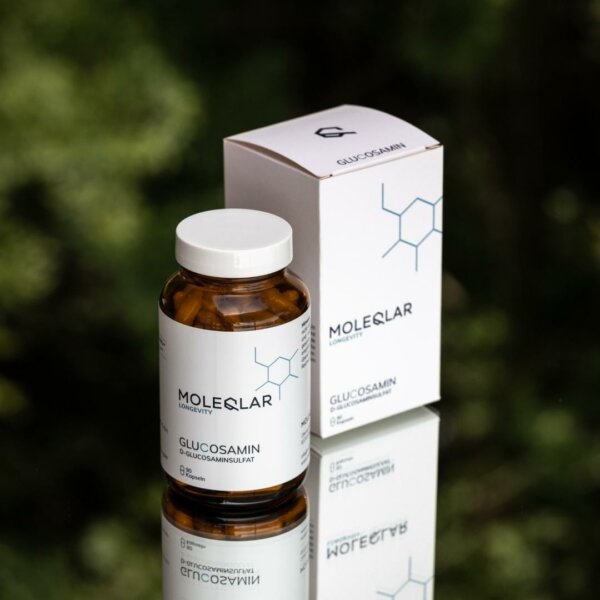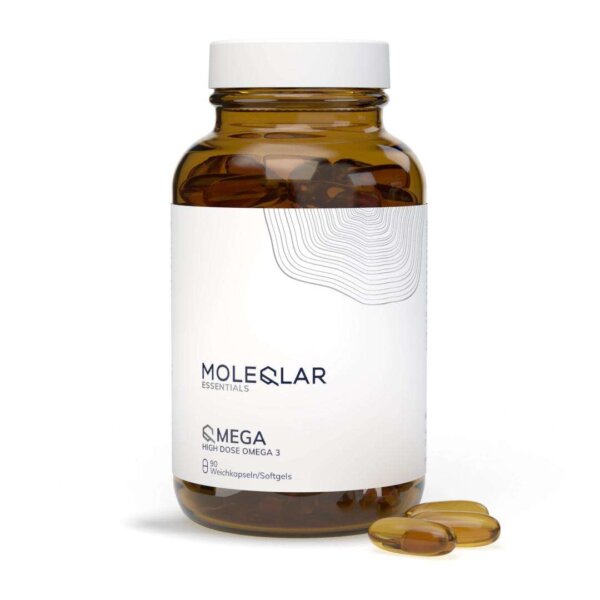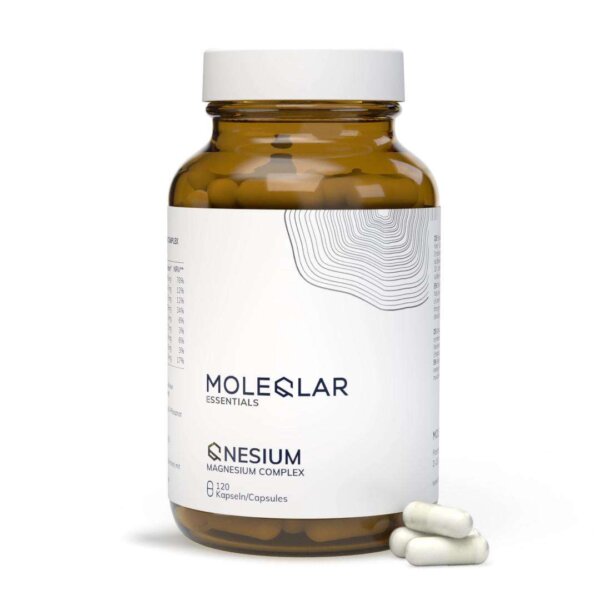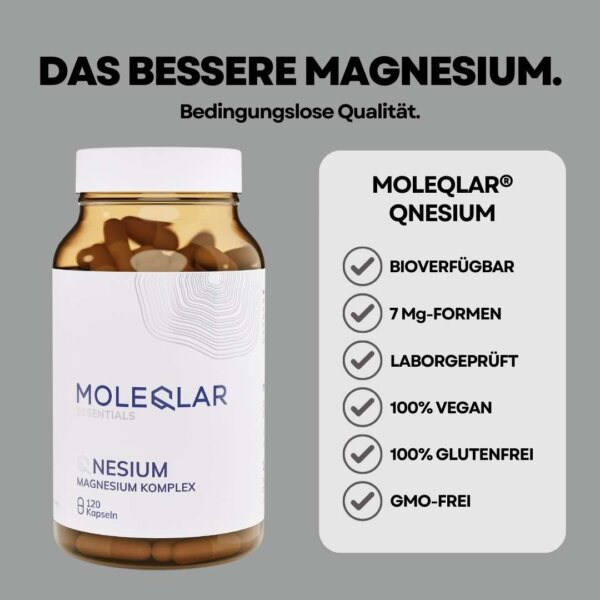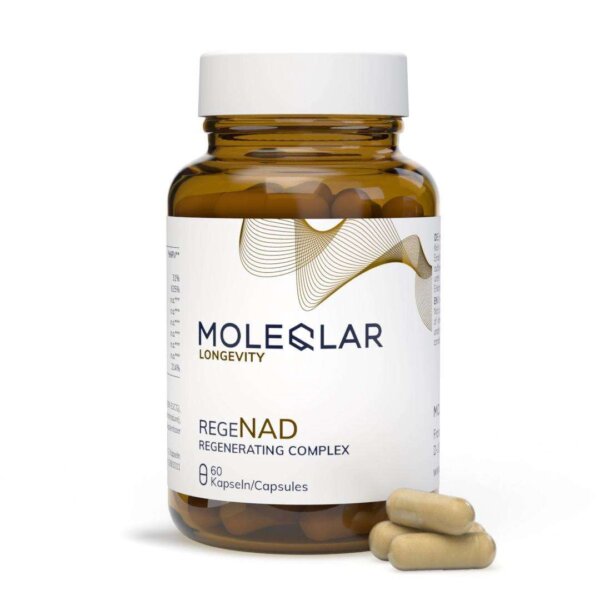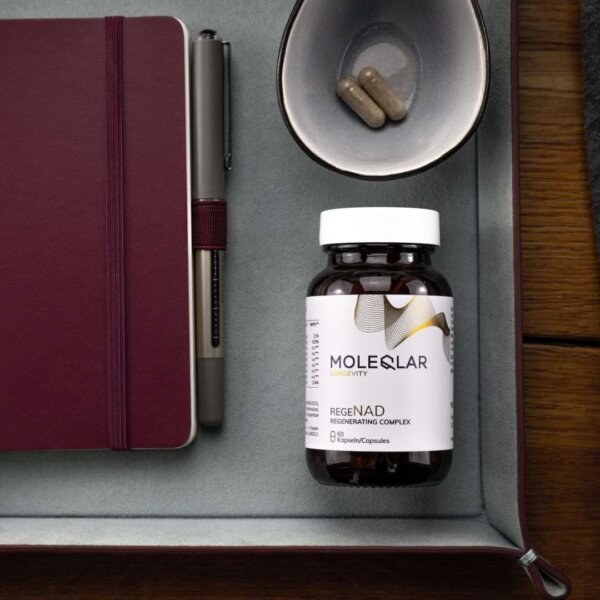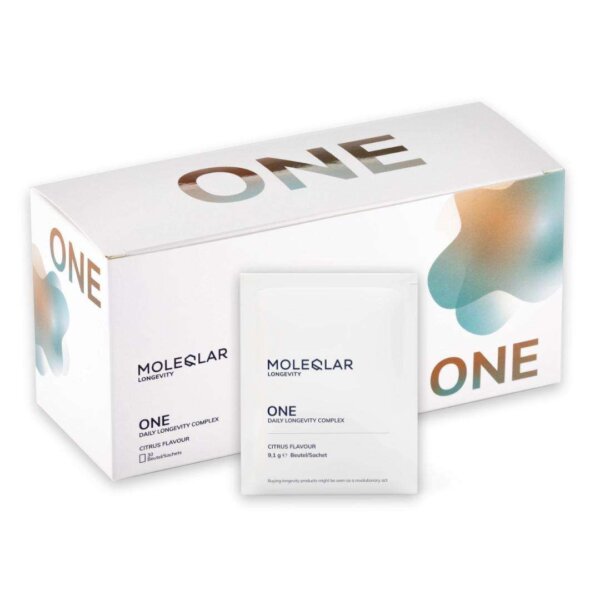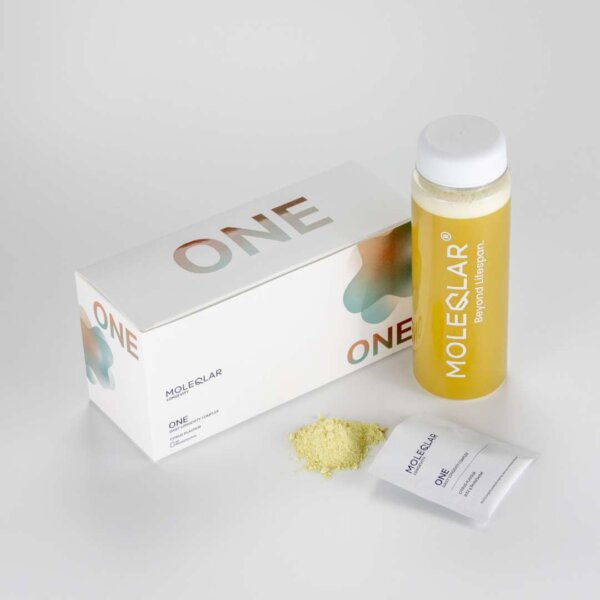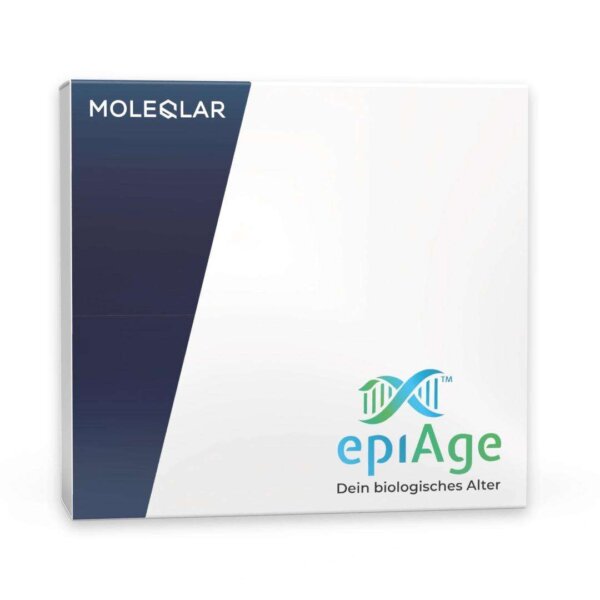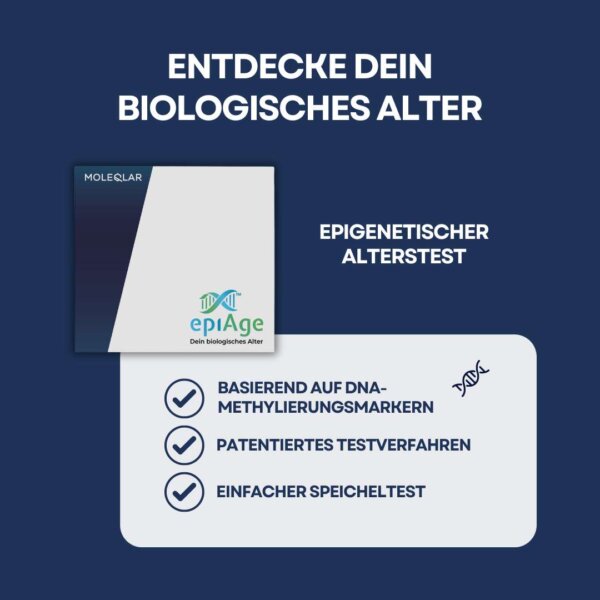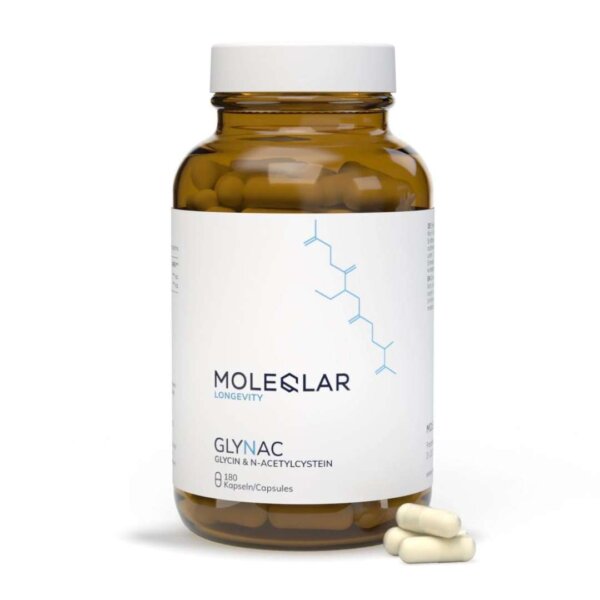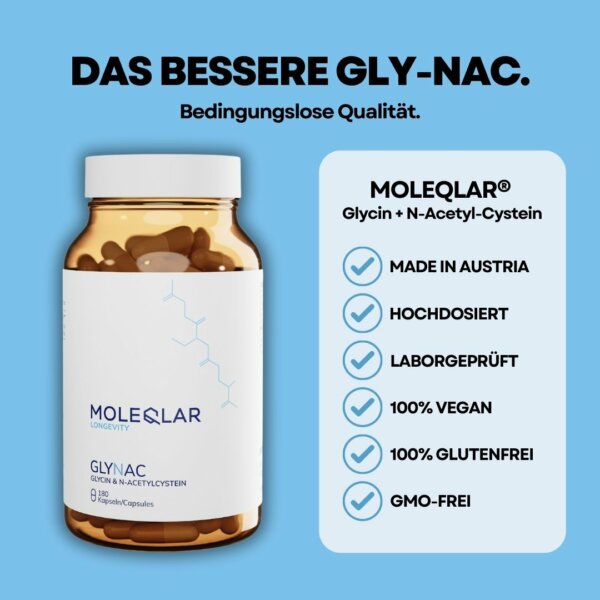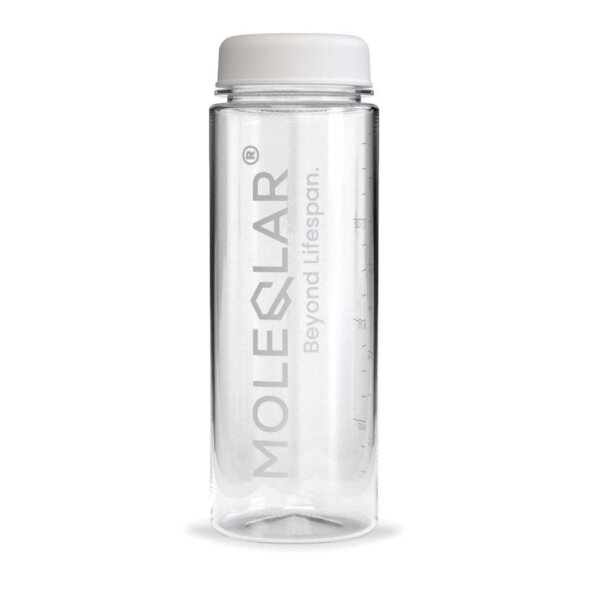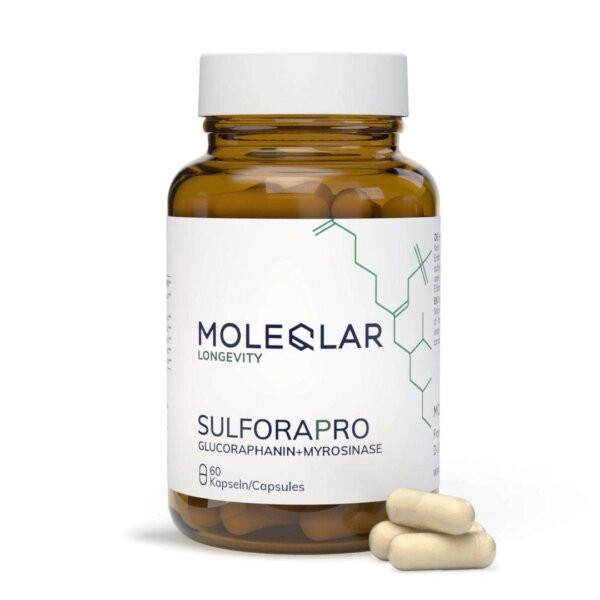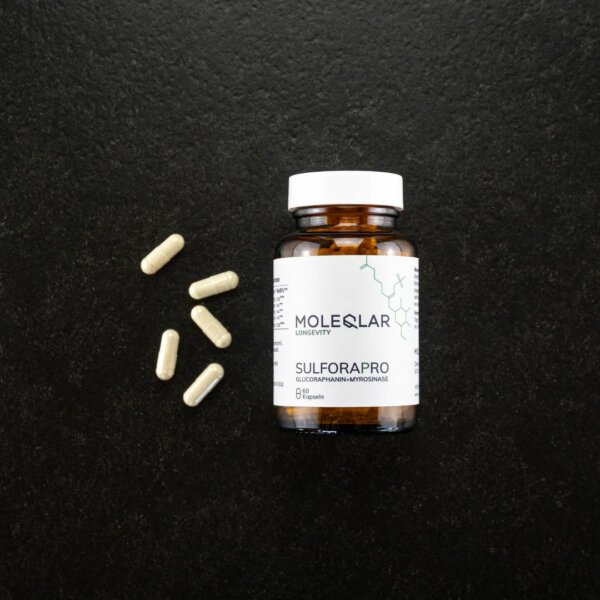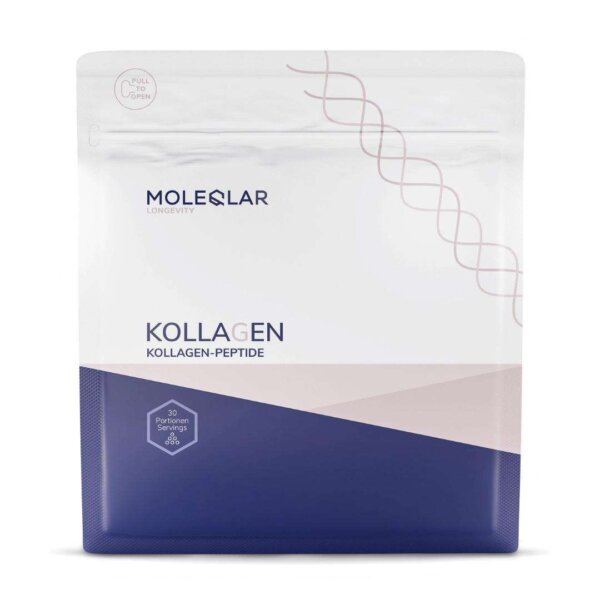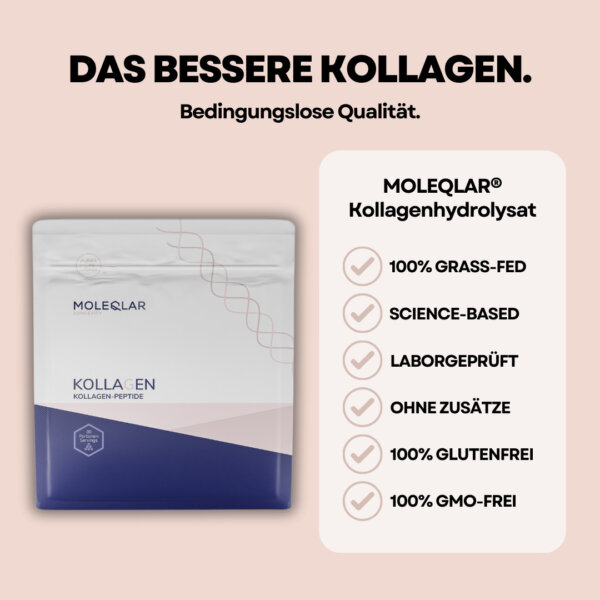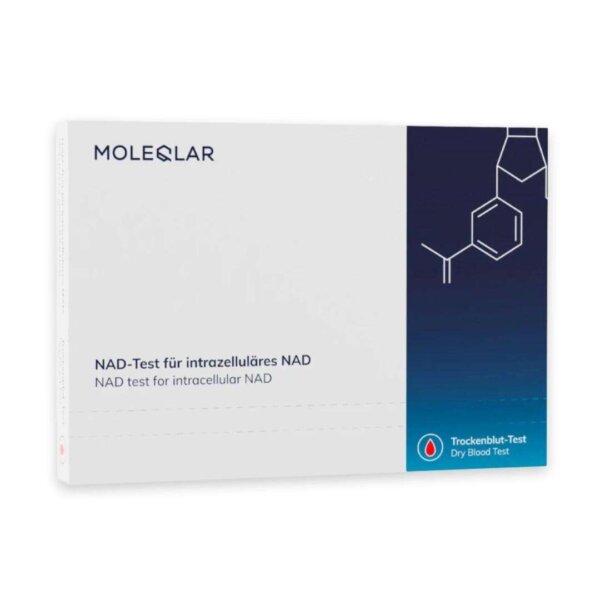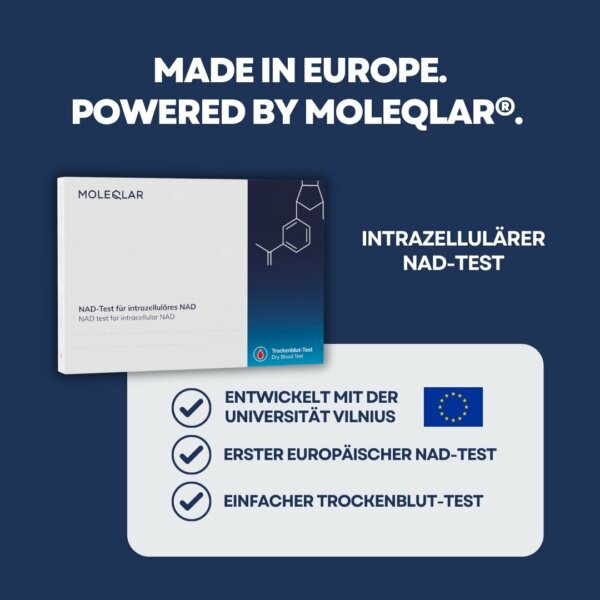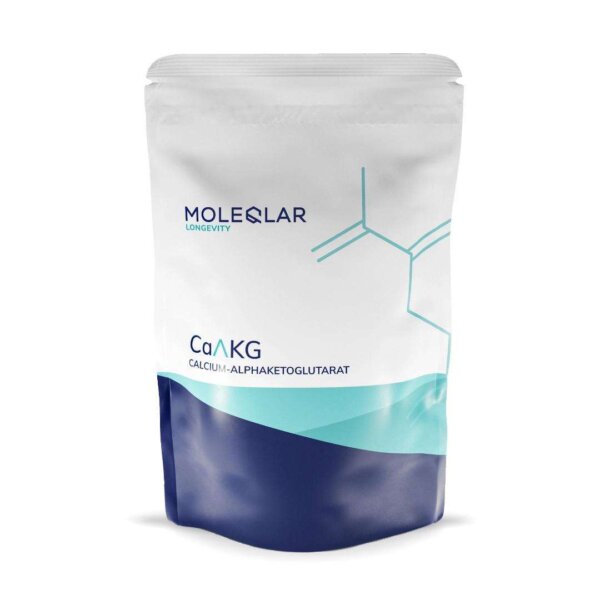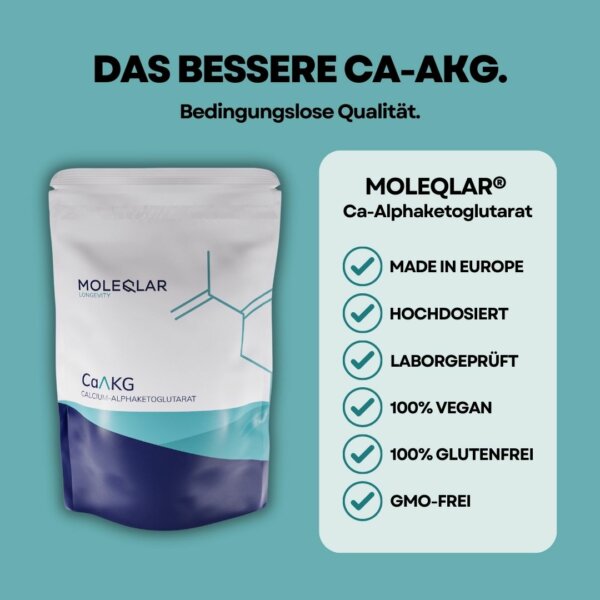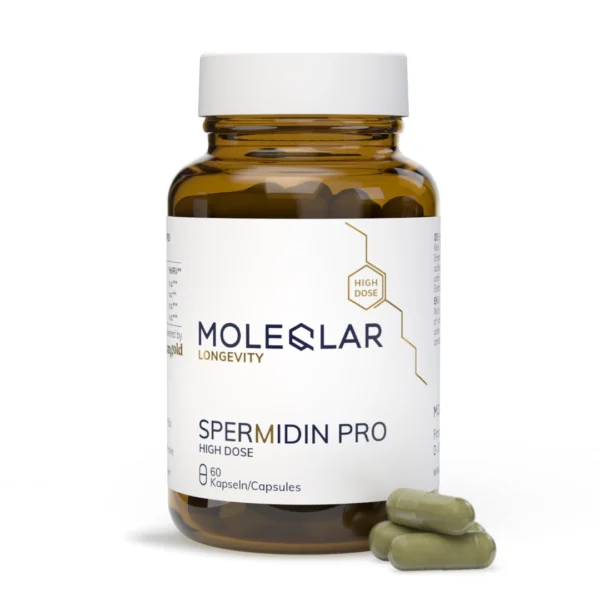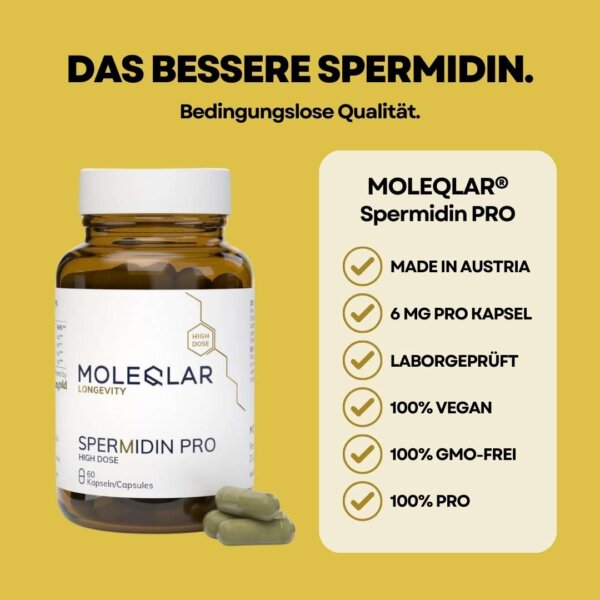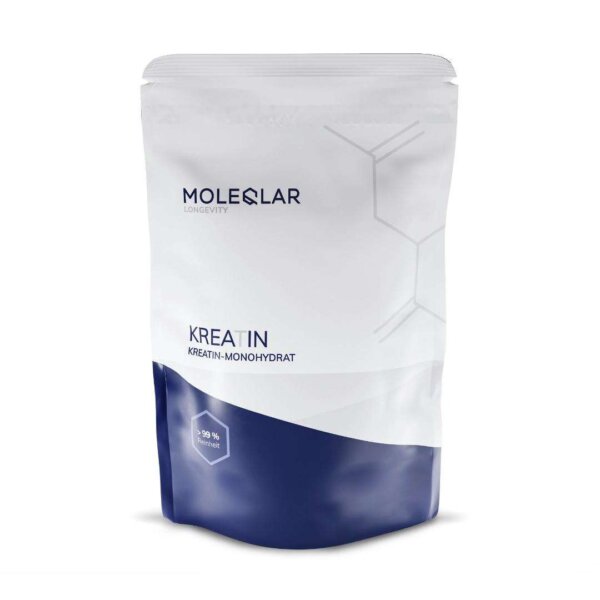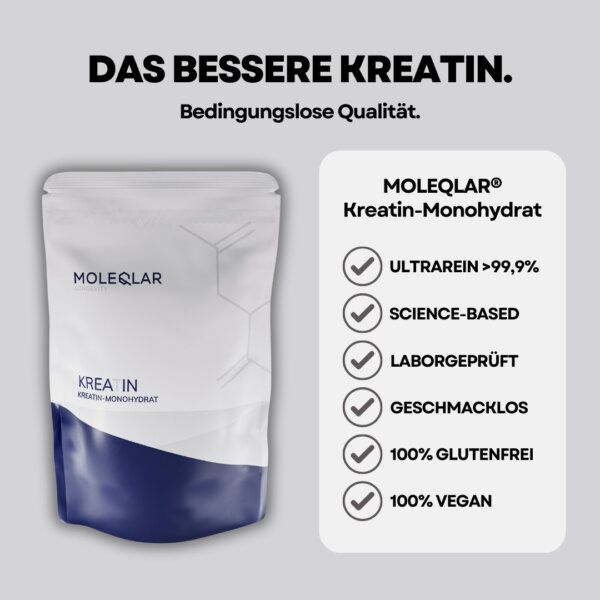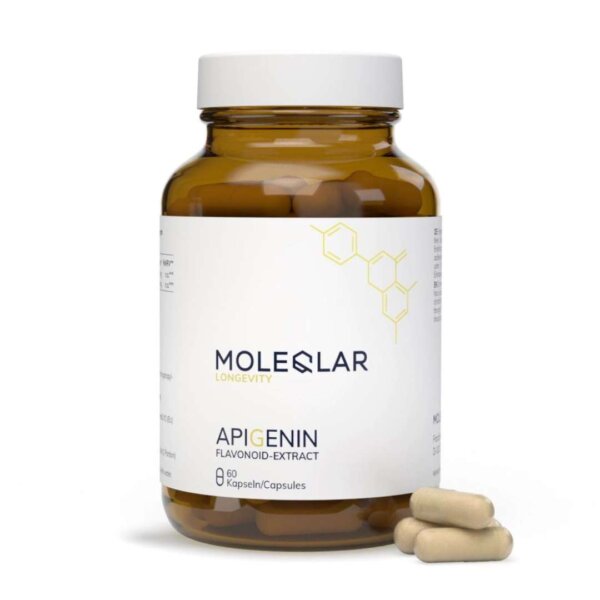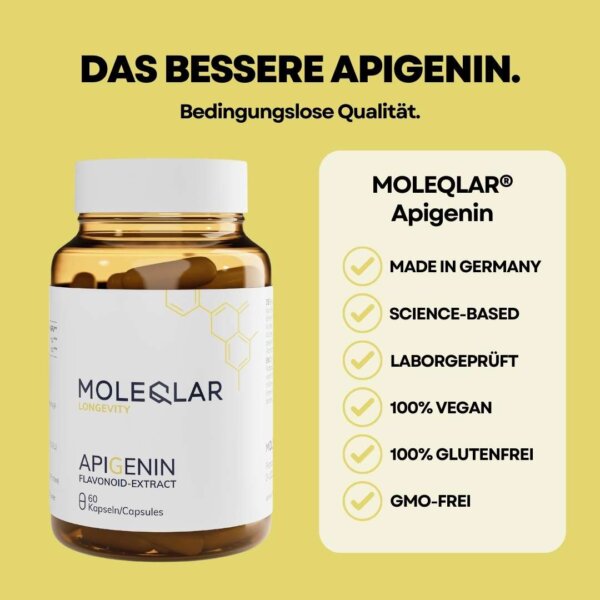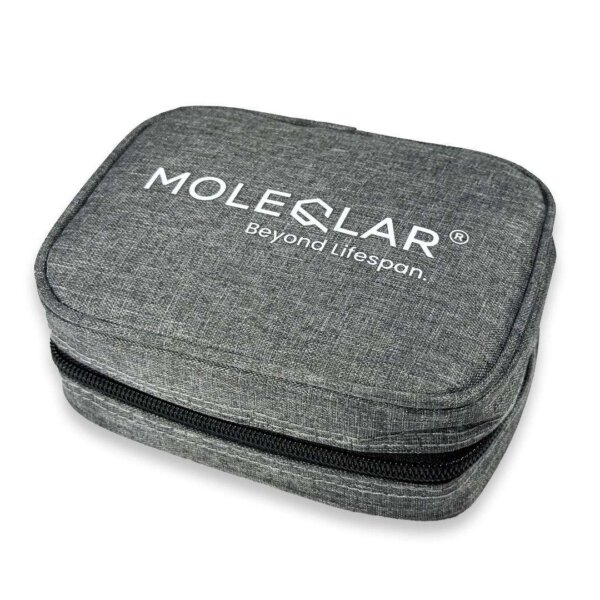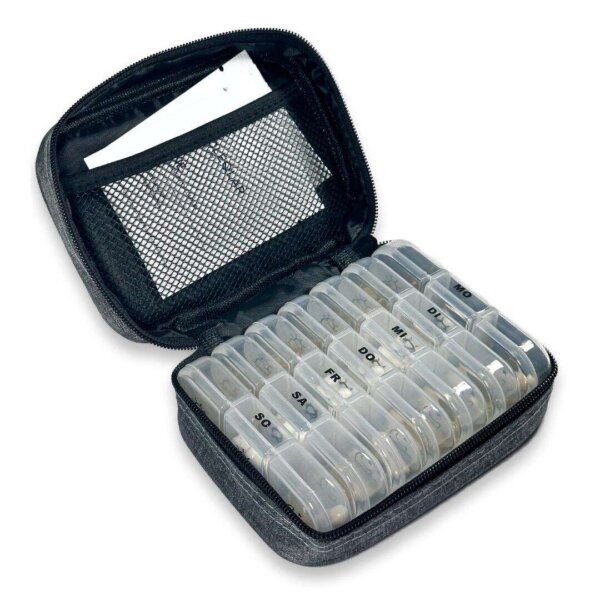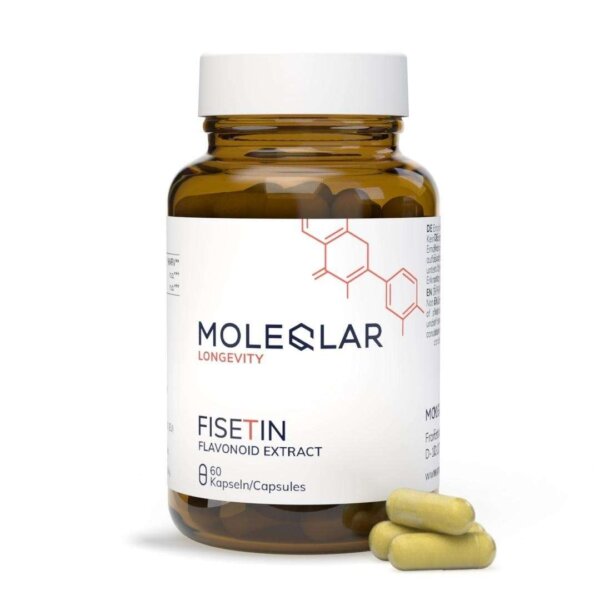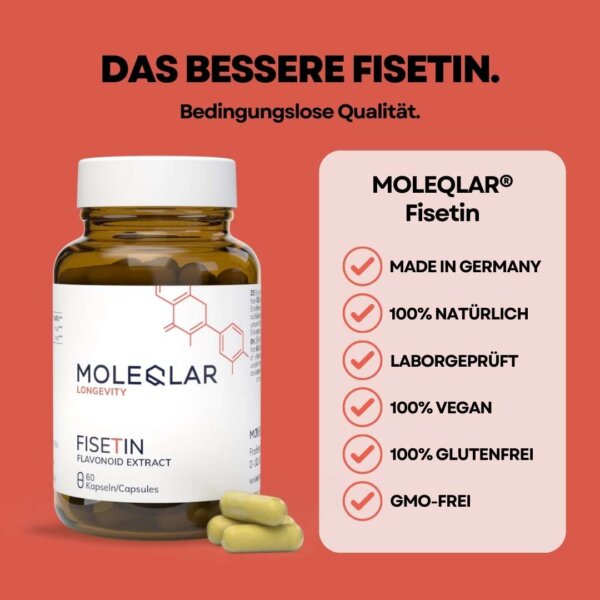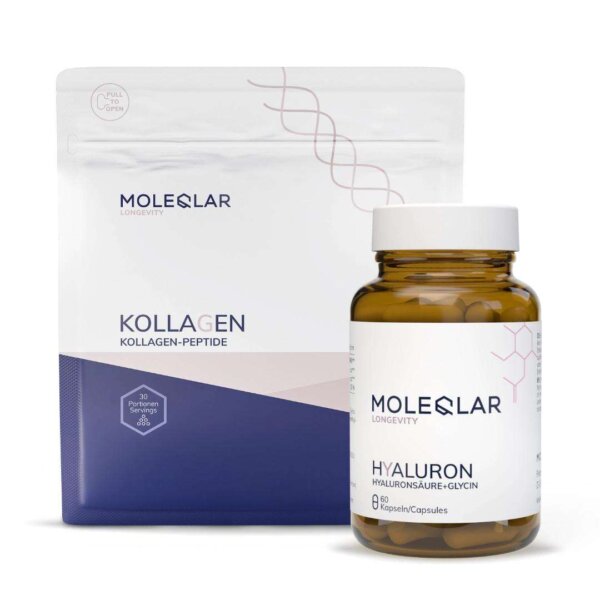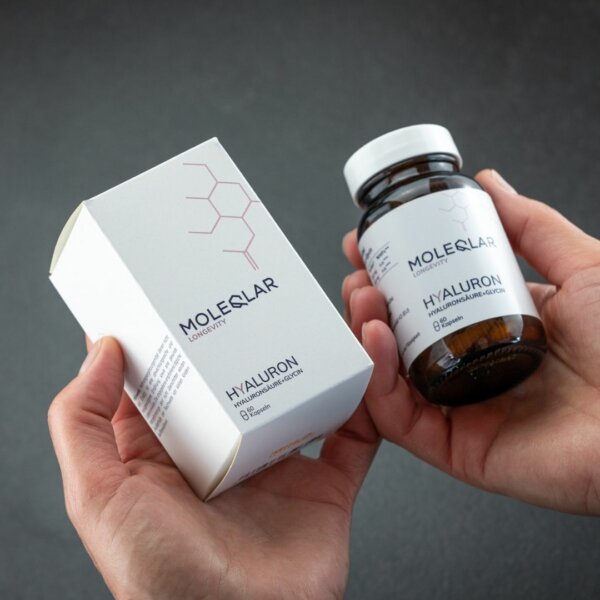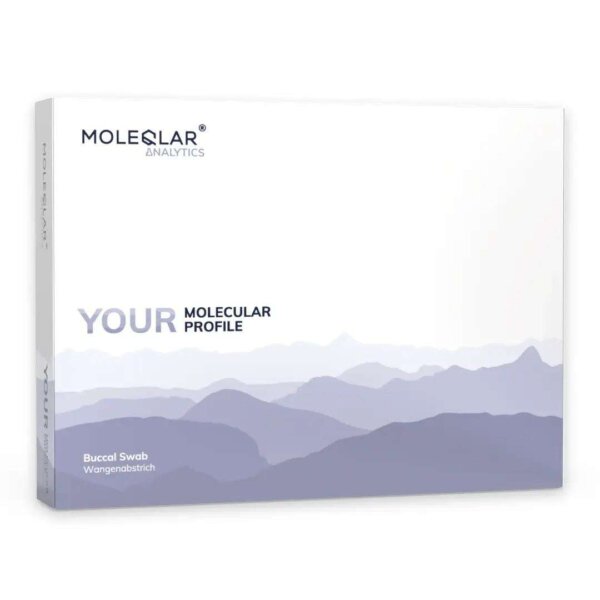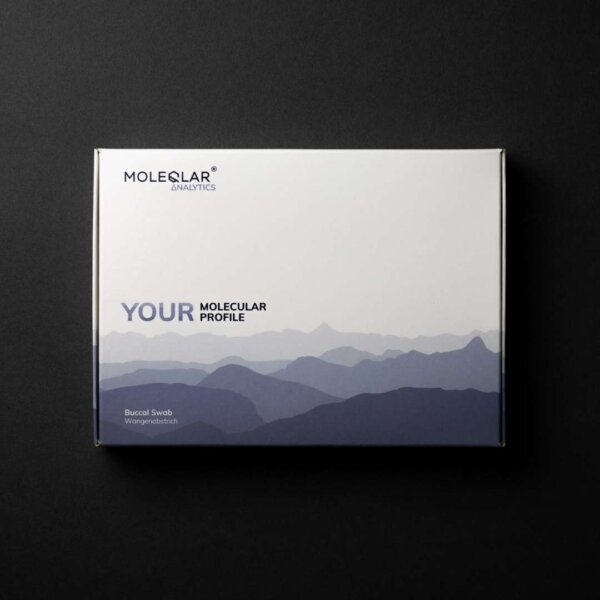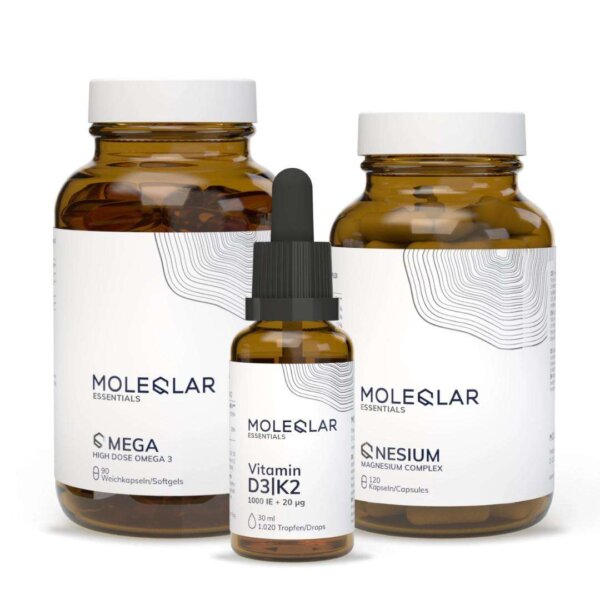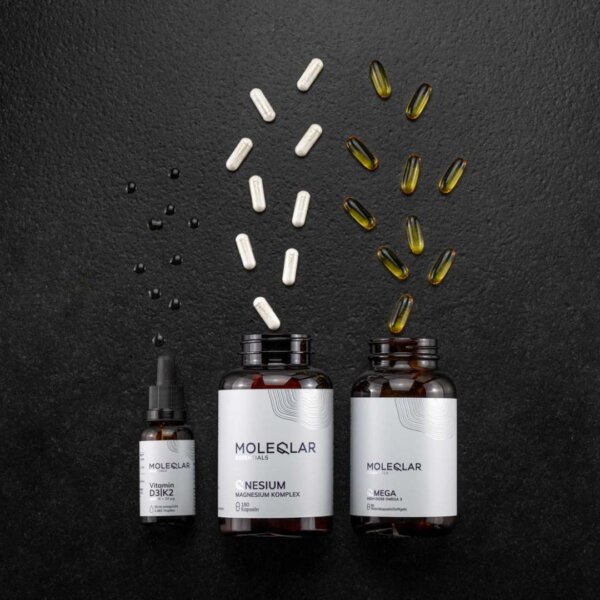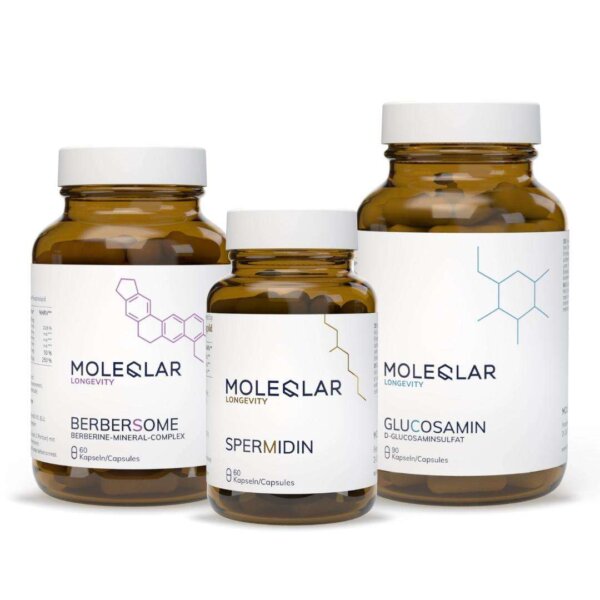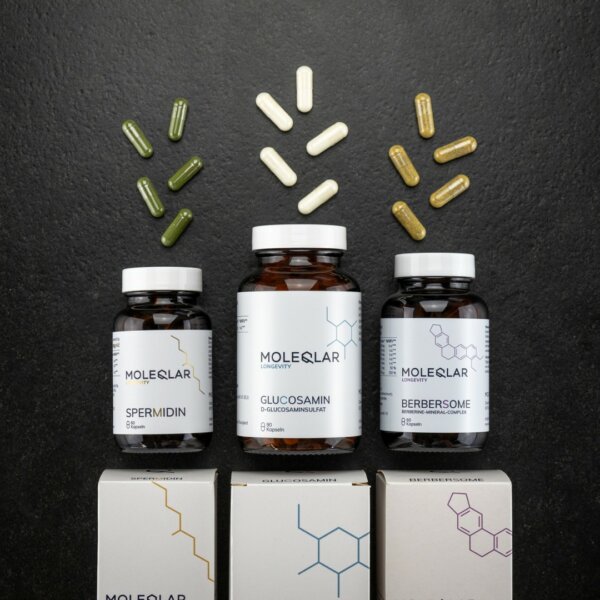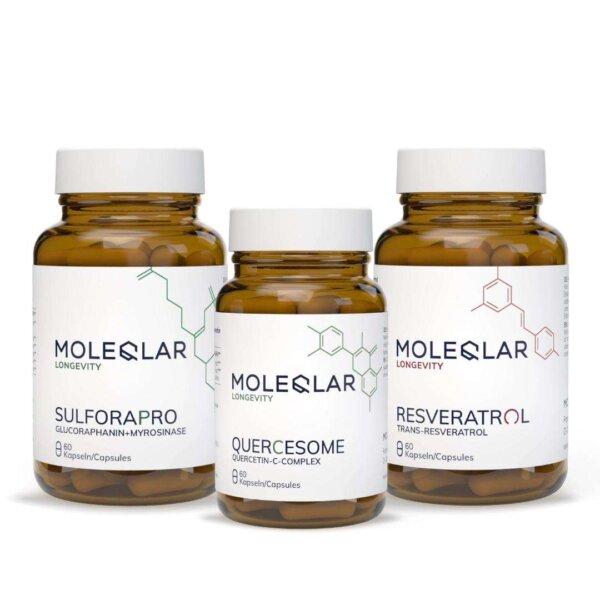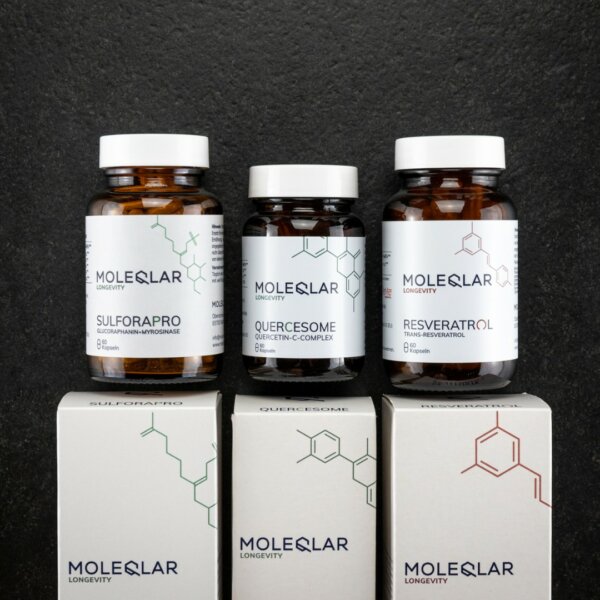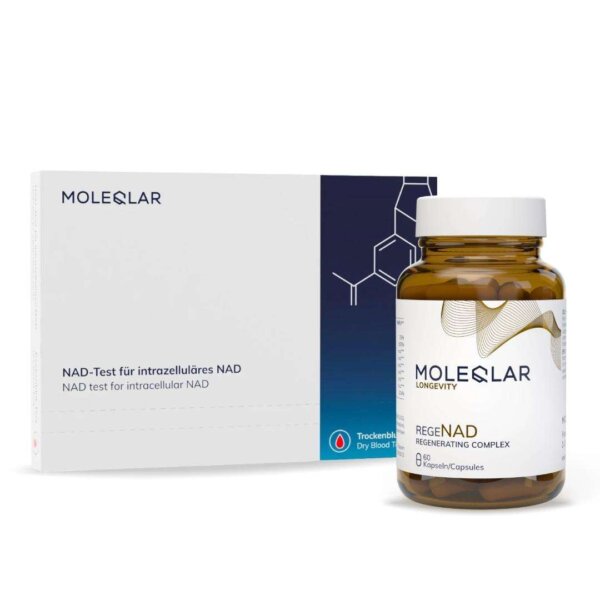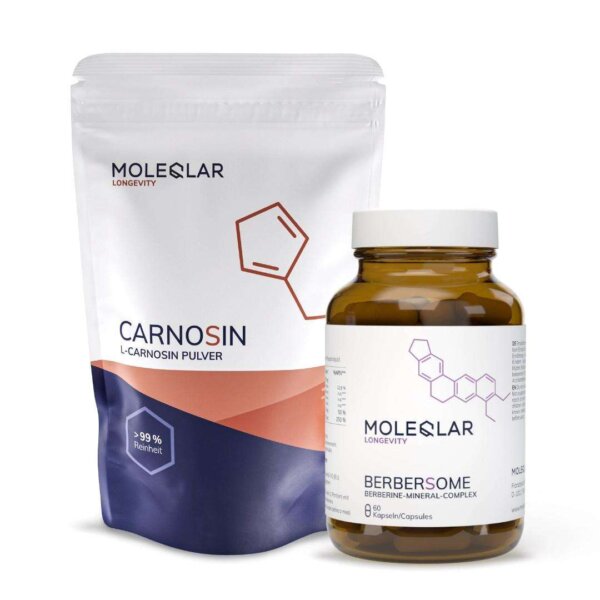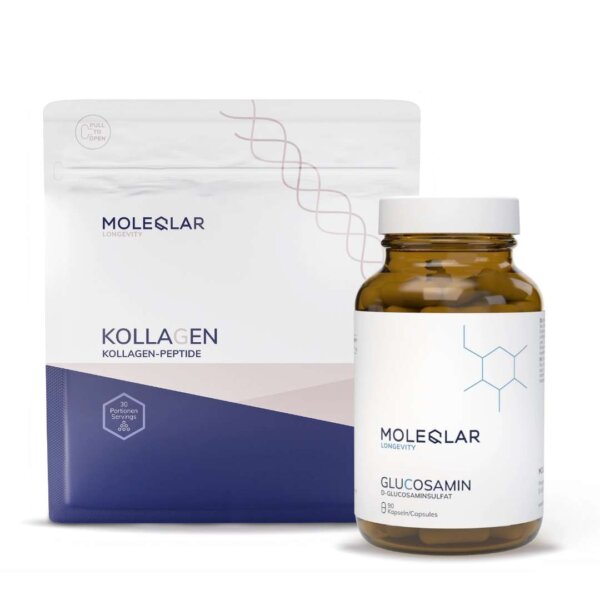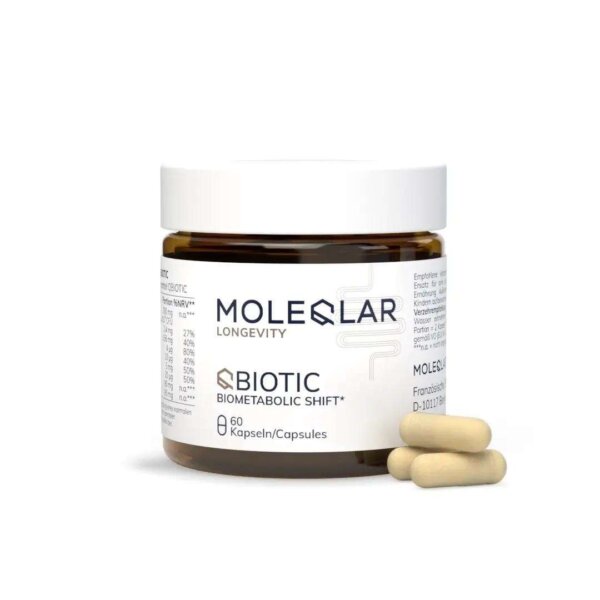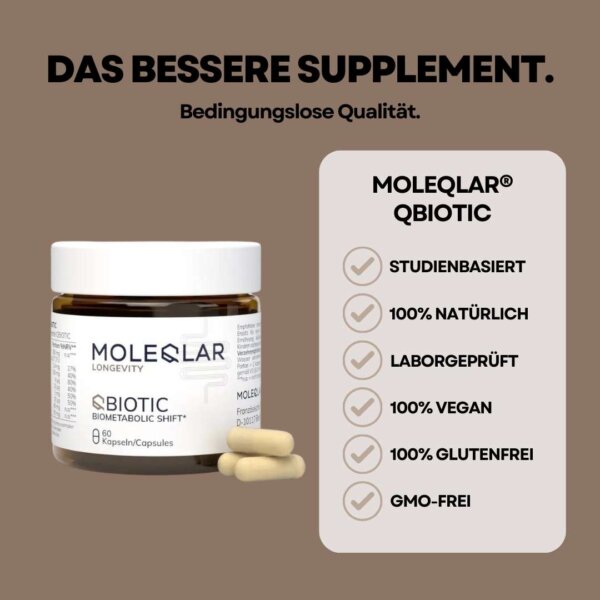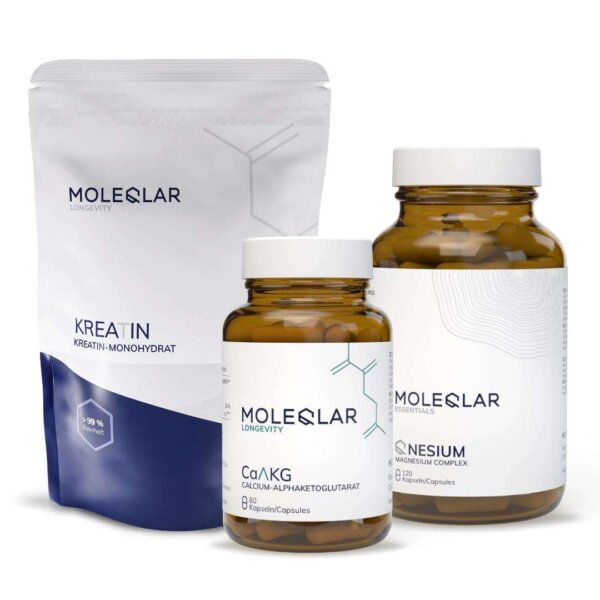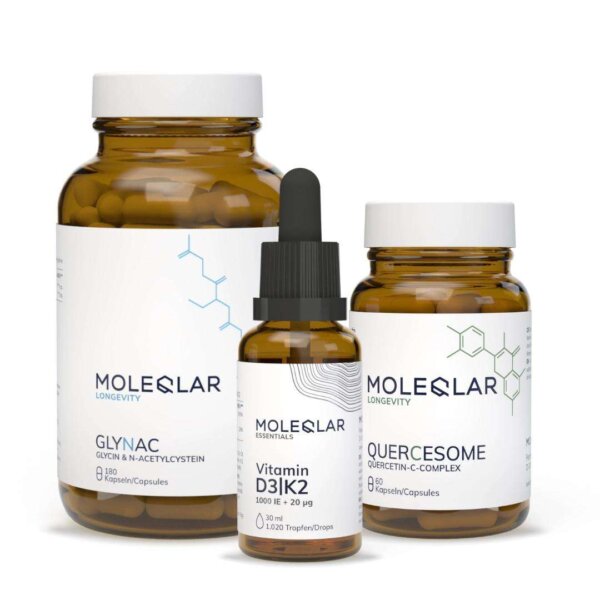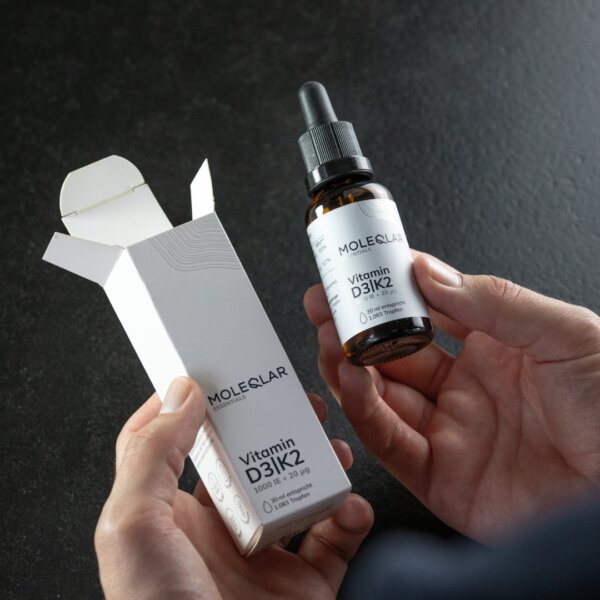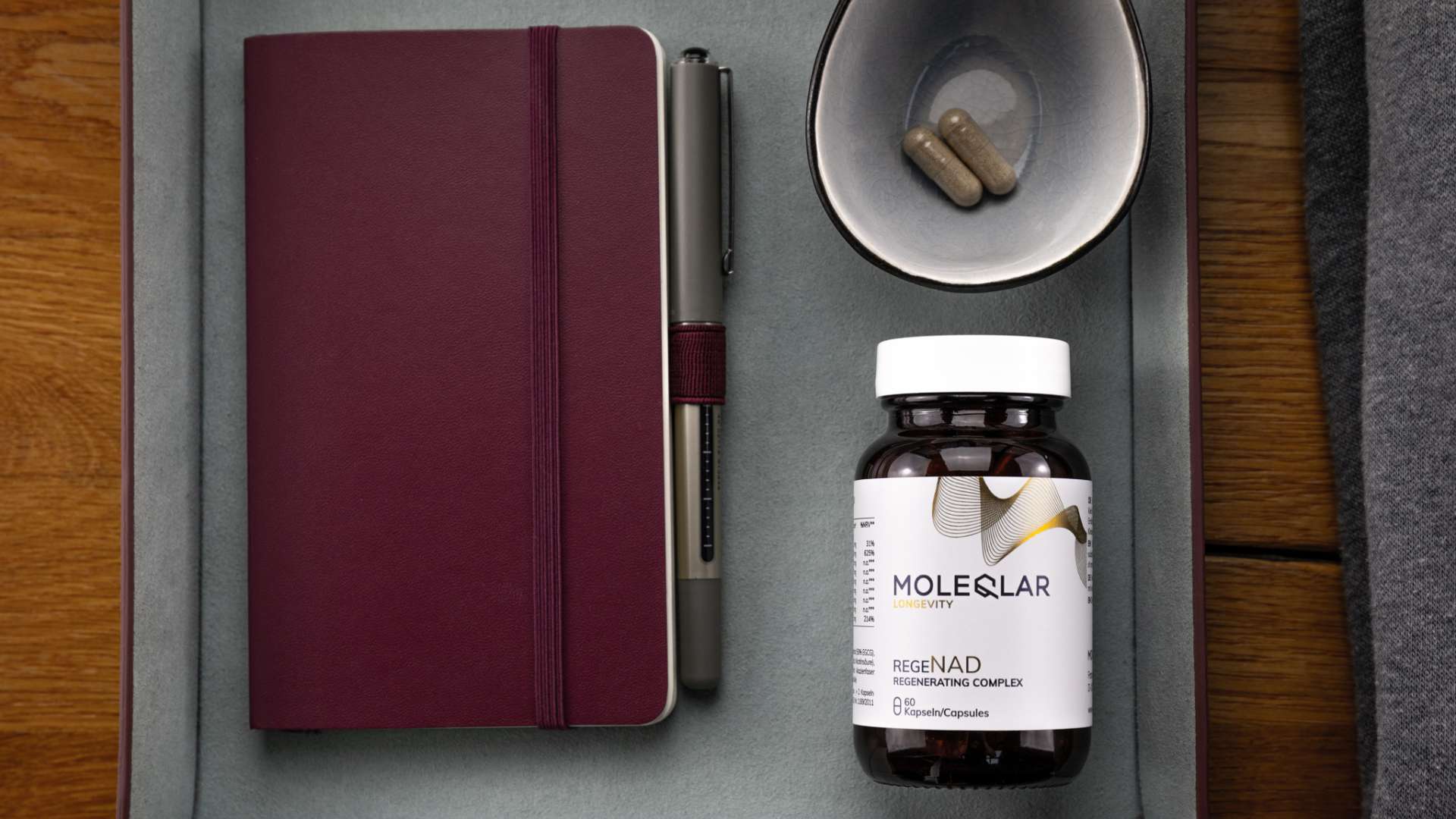Luteolin is a fascinating flavonoid found in many of our everyday foods. Flavonoids are a group of secondary plant substances with variable phenolic structures that are found in many plants. Luteolin is mainly found in herbs (thyme), vegetables and fruits.
It has a number of properties that make it interesting not only for nutritional science but also for medical research. From its role as an antioxidant to its anti-inflammatory effects, luteolin has a lot to offer. Luteolin is also of particular interest to researchers in the field of ageing research. It has been observed that luteolin inhibits an important enzyme (CD38), which has a direct influence on the human ageing process via NAD+.
Where is luteolin found?
This list gives you an overview of the foods in which luteolin is found. It is interesting to know that the amount of luteolin in these foods can vary considerably, depending on various factors such as cultivation method and ripeness.
- Herbs: thyme, parsley, oregano, mint, rosemary
- Vegetables: beetroot, celery, broccoli, cauliflower, peppers, carrots, onions, cabbage, spinach
- Fruit: apples (especially the skin), cherries, grapes, oranges
- Legumes: green peas, green beans
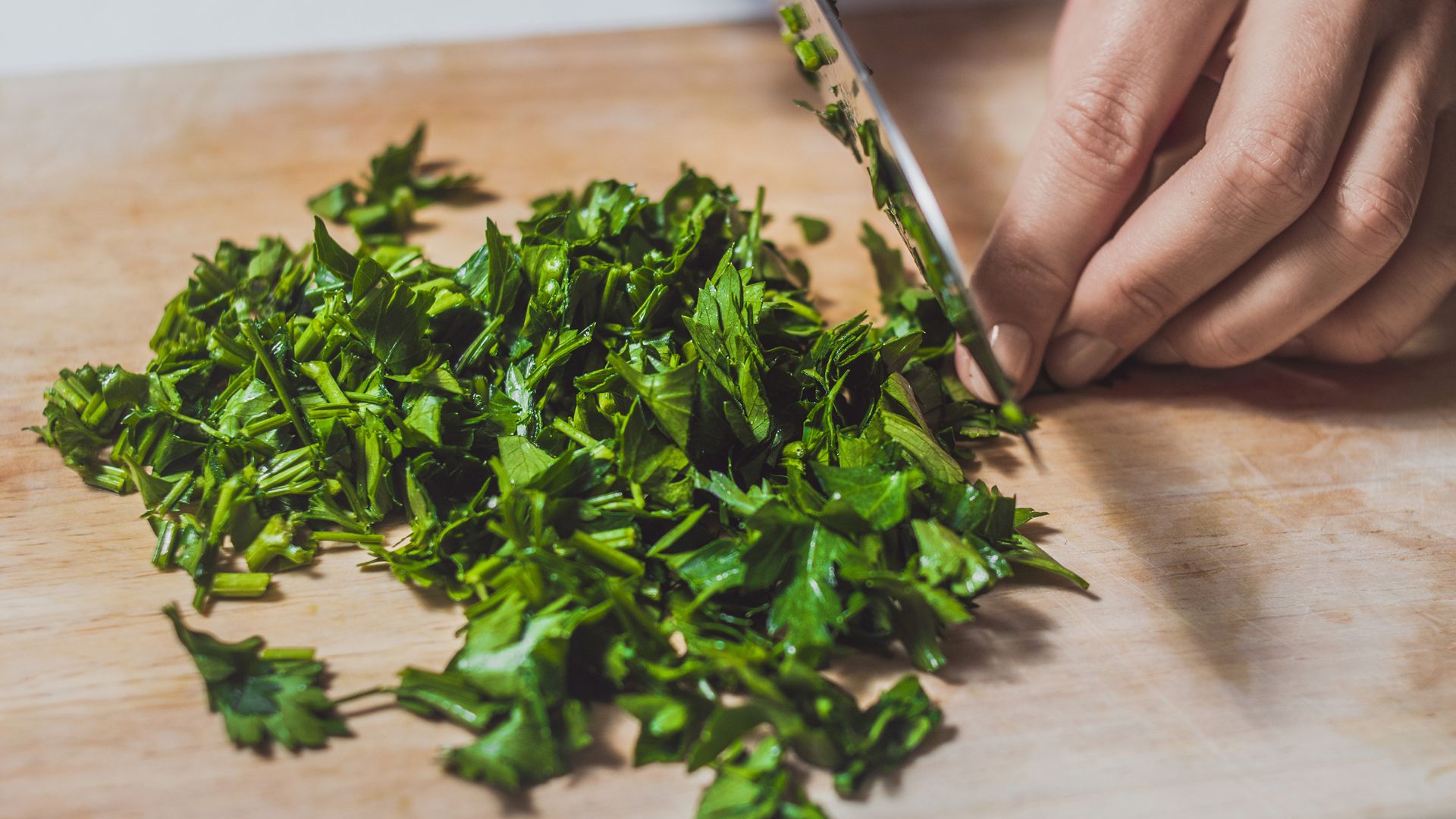
What are the health properties of luteolin?
Inhibition of CD38 and influence of luteolin on NAD metabolism
Luteolin is a substance found in many plants that has the ability to inhibit the activity of an enzyme called CD38. CD38 plays an important role in the metabolism of NAD(nicotinamide adenine dinucleotide), a substance that is essential for energy production and general cell health. This interaction between luteolin, CD38 and NAD is particularly important in the context of cardiovascular diseases and ageing processes.
Significance for the cardiovascular system
If the heart does not receive enough blood for a short time (e.g. during a heart attack) and is later supplied with blood again (this is called reperfusion), an enzyme called CD38 becomes more active. CD38 subsequently reduces the amount of an important substance called NADP(H) in the heart. NADP(H) helps to produce nitric oxide (NO), an important substance that ensures that our blood vessels function properly.
When NADP(H) becomes less, the blood vessels do not function as well. Luteolinidin, a type of luteolin, can inhibit CD38 and thus help to retain more NADP(H). This means that the blood vessels can function better after ischemia/reperfusion.
Significance for the ageing process
NAD is particularly relevant in the context of ageing, as higher levels of NAD are associated with improved cell function and a potential slowing of the ageing process. In particular, researchers such as David Sinclair and Dr. Mark Hyman are convinced of the role of NAD in longevity.
Since CD38 helps to reduce NAD levels, inhibiting CD38 with substances such as luteolin could help to maintain higher NAD levels and thus delay or prevent age-related dysfunctions and diseases. In addition to luteolin, quercetin and apigenin also play a role in CD38 inhibition.
Anti-inflammatory properties
Traditionally, plants with a high luteolin content have been used to treat inflammation. Both isolated luteolin and extracts from luteolin-rich plants showed an anti-inflammatory effect in various models.
The aim of one study was to describe the anti-inflammatory activity of luteolin based on recent research findings - particularly at the molecular level. The aim was to evaluate the possibilities for future research and the development of luteolin as an anti-inflammatory drug.
The results show that luteolin and some of its derivatives, such as luteolin-7-O-glucoside, have strong anti-inflammatory effects both in vitro (in the test tube) and in vivo (in living organisms). The mechanisms of action of luteolin are diverse, but important target transcription factors include Src in the NF-κB signaling pathway, MAPK in the AP-1 signaling pathway, and SOCS3 in the STAT3 signaling pathway. A clinical study with a luteolin-containing formulation showed an excellent therapeutic effect in inflammation-related diseases.
In summary, current scientific evidence suggests that the main mechanism of luteolin's pharmacological action lies in its anti-inflammatory activity, which occurs through the regulation of transcription factors such as NF-κB, STAT3, and AP-1.

Antioxidant activity of luteolin
There are several mechanisms that support the antioxidant activity of luteolin:
- Neutralization of free radicals: Luteolin acts directly as a radical scavenger by binding free radicals. This prevents cell damage caused by oxidative processes.
- Modulation of antioxidant enzymes: It influences the activity of enzymes that play a key role in the body's antioxidant protection, such as superoxide dismutase and glutathione peroxidase.
- Reduction of oxidative stress: Luteolin contributes to the reduction of oxidative stress by reducing the formation of reactive oxygen species (ROS) in the cells.
- Influence on signaling pathways: It interacts with various cellular signaling pathways involved in the regulation of oxidative stress and thus modulates the cellular response to oxidative challenges.
- Protecting DNA from oxidation The molecule helps to protect the DNA in cells from oxidative damage, which is important for cell health and the prevention of mutations.
In MoleQlar, luteolin is part of regeNAD - an NAD booster - and MoleQlar ONE - a longevity complex with effects on all molecular markers of ageing.
Heart Health
Various studies have investigated how luteolin may affect heart disease, particularly with regard to its antioxidant, anti-inflammatory and cardioprotective properties:
In one study, the molecule was found to reduce myocardial infarct size, improve cardiac function and reduce myocardial cell death in diabetic rats that had suffered cardiac I/R injury. This effect was mediated by the effect on CD38 discussed above. Luteolin also acts by increasing certain proteins that protect cells from death and reducing inflammatory responses.
Another study (also on rats) investigated how the secondary plant substance influences the contractility of heart muscle cells in heart failure. This is due to improved expression, activity and stability of numerous small signaling proteins. These changes improved cardiac function and reduced the formation of connective tissue instead of muscle tissue in the heart in heart failure.
A review also looked at the cardioprotective (heart-protective) effects. The publication examines how these mechanisms work in heart diseases such as ischemia/reperfusion injury, heart failure and arteriosclerosis. Overall, luteolin, a flavonoid ubiquitous in food, is an effective protection for the cardiovascular system and a promising option in the prevention of heart disease.
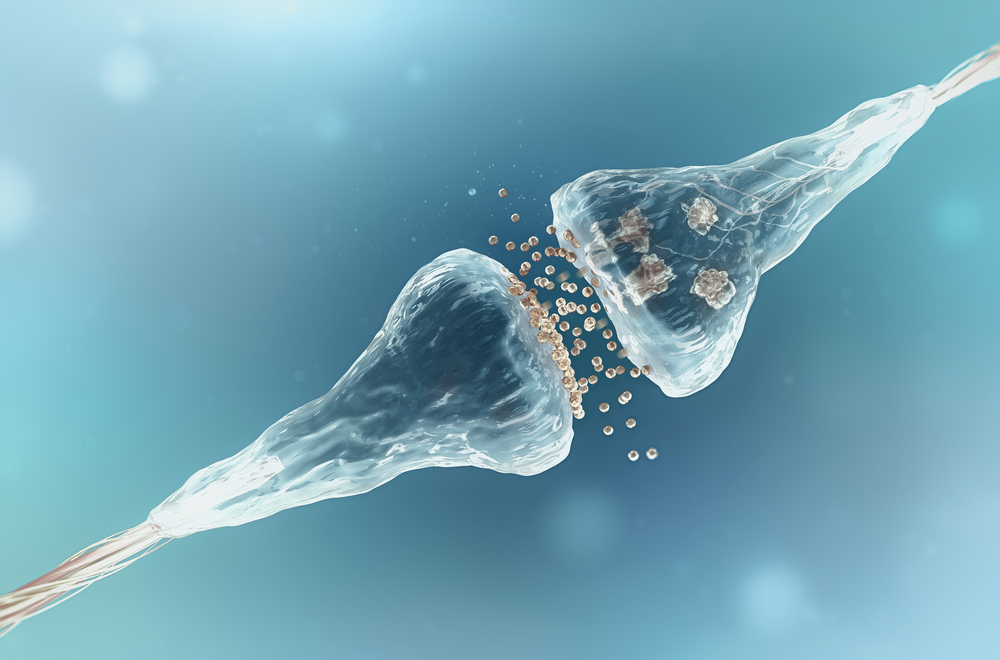
Protection of the nervous system
The neuroprotective effect of luteolin on neurological trauma and neurodegenerative diseases was investigated in a publication. Inflammation in the nervous system can lead to neurodegenerative disorders, cognitive defects and brain damage. Neurological trauma or traumatic brain injury activates glial cells, neurons and neuroimmune cells in the brain, which release inflammatory mediators. This inflammatory response can lead to persistent brain damage and the progression of neurodegenerative diseases.
In various studies, luteolin has shown promising properties in combating these processes. It can suppress the activation of immune cells such as mast cells and the release of inflammatory mediators from these cells. It also reduces the neuroinflammatory response, the activation of microglia and astrocytes, oxidative stress and the severity of neuroinflammatory diseases such as Alzheimer's, Parkinson's and multiple sclerosis.
Luteolin and skin health
In another review, the role of luteolin was examined in the context of skin health. It appears to play an important role in protecting plants, for example against UV radiation, by partially absorbing UVA and UVB rays. This property also makes the substance interesting for human skin, as it can act as a first line of defense against harmful photobiological effects.
In addition, the previously discussed antioxidant and anti-inflammatory activities of luteolin on skin cells such as keratinocytes and fibroblasts as well as on various immune cells (e.g. macrophages, mast cells, neutrophils, dendritic cells and T cells) have been described. The molecule has been shown to suppress inflammatory factors (such as TNF-α, COX-2, IL-1β, IL-6, IL-8, IL-17, and IL-22) and regulate various signaling pathways (such as NF-κB, JAK-STAT and TLR). In this way, the phytochemical modulates many inflammatory processes. Even those that take place in the skin.
The researchers summarized that luteolin could be a promising molecule for the development of "creamy" formulations and systemic agents against inflammatory skin diseases.
Can luteolin be supplemented?
Yes, luteolin can also be taken as a dietary supplement. These supplements are often available in the form of capsules or tablets and can contain a concentrated amount of luteolin. They are particularly interesting for people who want to increase their intake of this flavonoid without consuming large amounts of the corresponding foods.
Literature
- Flavonoid Content of Vegetables - USDA. Link
- Miean, K H, and S Mohamed. "Flavonoid (myricetin, quercetin, kaempferol, luteolin, and apigenin) content of edible tropical plants." Journal of agricultural and food chemistry vol. 49.6 (2001): 3106-12. link
- Kellenberger, Esther et al. "Flavonoids as inhibitors of human CD38." Bioorganic & medicinal chemistry letters vol. 21,13 (2011): 3939-42. link
- Poljšak, Borut et al. "The Central Role of the NAD+ Molecule in the Development of Aging and the Prevention of Chronic Age-Related Diseases: Strategies for NAD+ Modulation." International journal of molecular sciences vol. 24,3 2959. 3 Feb. 2023. link
- Aziz, Nur et al. "Anti-inflammatory effects of luteolin: A review of in vitro, in vivo, and in silico studies." Journal of ethnopharmacology vol. 225 (2018): 342-358. link
- Lin, Yong et al. "Luteolin, a flavonoid with potential for cancer prevention and therapy." Current cancer drug targets vol. 8.7 (2008): 634-46. link
- Robak, J et al. "Screening of the influence of flavonoids on lipoxygenase and cyclooxygenase activity, as well as on nonenzymic lipid oxidation." Polish journal of pharmacology and pharmacy vol. 40,5 (1988): 451-8. link
- Lin, Yong et al. "Luteolin, a flavonoid with potential for cancer prevention and therapy." Current cancer drug targets vol. 8.7 (2008): 634-46. link
- Brown, J E, and C A Rice-Evans. "Luteolin-rich artichoke extract protects low density lipoprotein from oxidation in vitro." Free radical research vol. 29.3 (1998): 247-55. link
- Sun, Dongdong et al. "Luteolin limits infarct size and improves cardiac function after myocardial ischemia/reperfusion injury in diabetic rats." PloS one vol. 7.3 (2012): e33491. Link
- Hu, Wenjing et al. "Luteolin improves cardiac dysfunction in heart failure rats by regulating sarcoplasmic reticulum Ca2+-ATPase 2a." Scientific reports vol. 7 41017. 23 Jan. 2017. link
- Luo, Yuanyuan et al. "Luteolin: A Flavonoid that Has Multiple Cardio-Protective Effects and Its Molecular Mechanisms." Frontiers in pharmacology vol. 8 692. 6 Oct. 2017. link
- Lin, Yong et al. "Luteolin, a flavonoid with potential for cancer prevention and therapy." Current cancer drug targets vol. 8.7 (2008): 634-46. link
- Kempuraj, Duraisamy et al. "Neuroprotective effects of flavone luteolin in neuroinflammation and neurotrauma." BioFactors (Oxford, England) vol. 47,2 (2021): 190-197. link
- Gendrisch, Fabian et al. "Luteolin as a modulator of skin aging and inflammation." BioFactors (Oxford, England) vol. 47,2 (2021): 170-180. link
Graphics
The images were purchased under licence from Canva.
